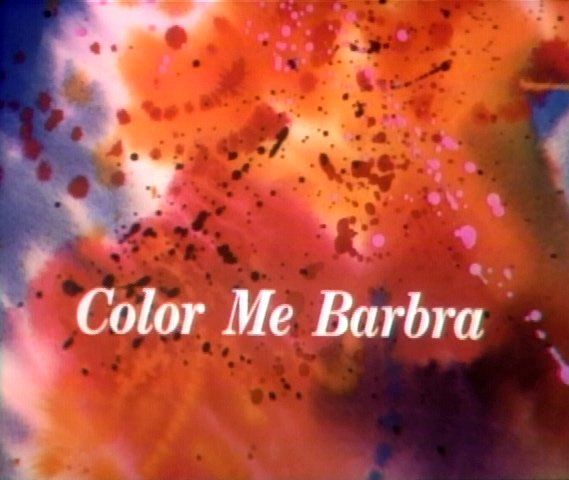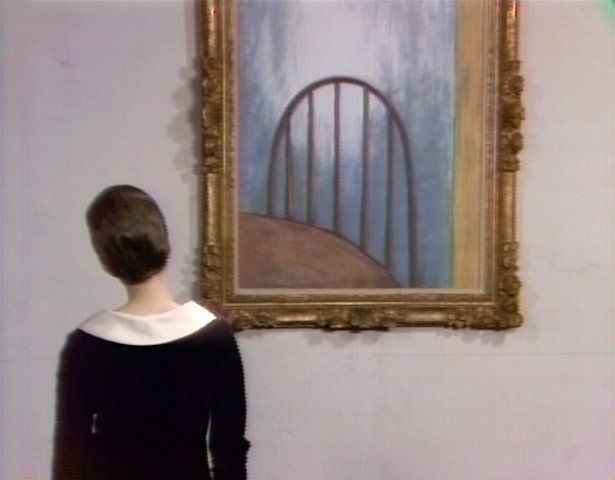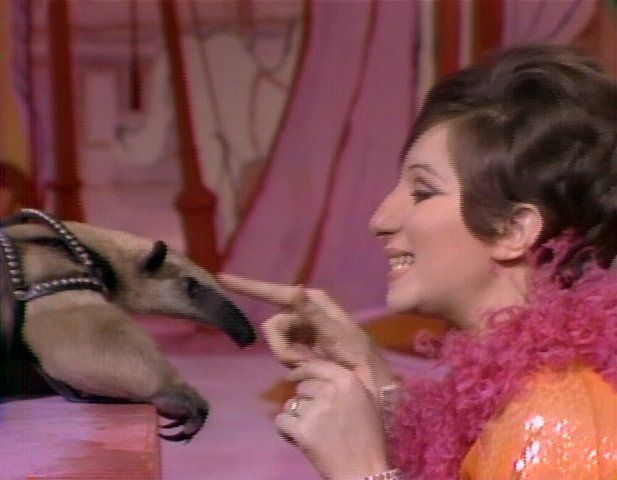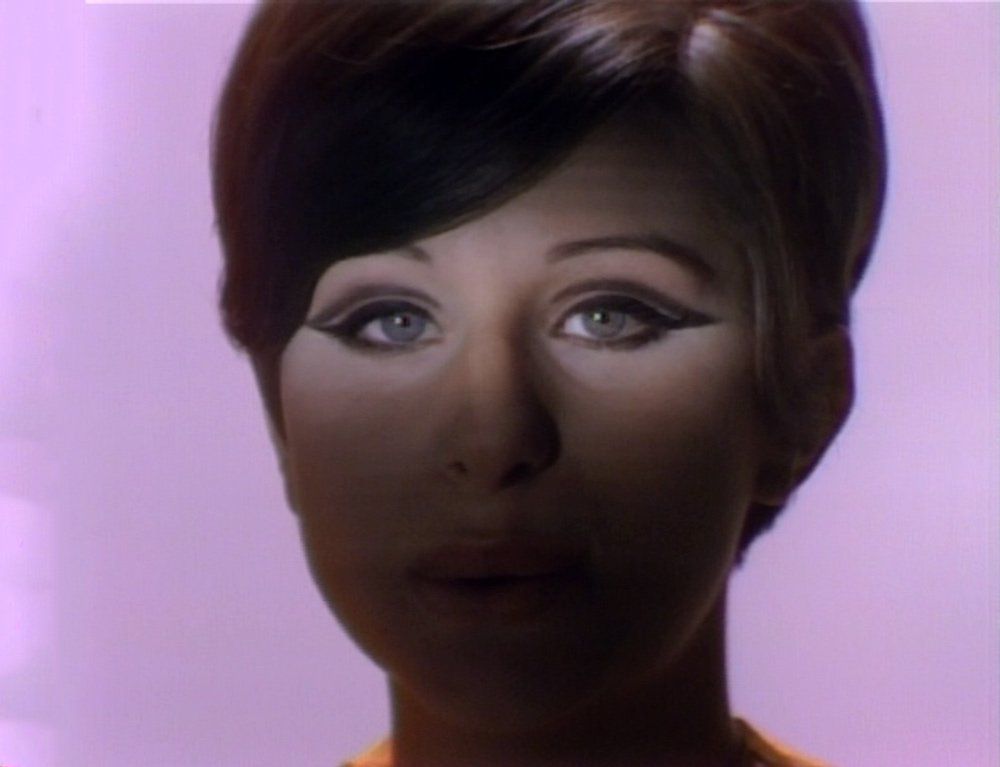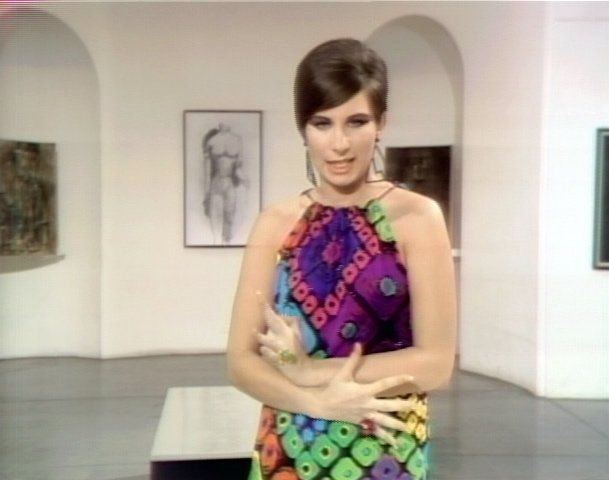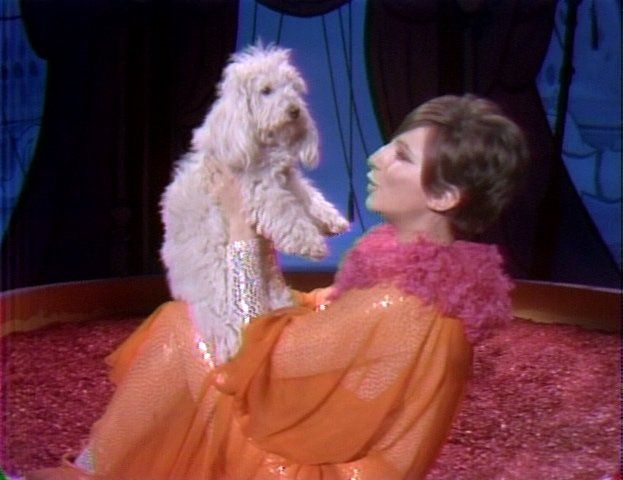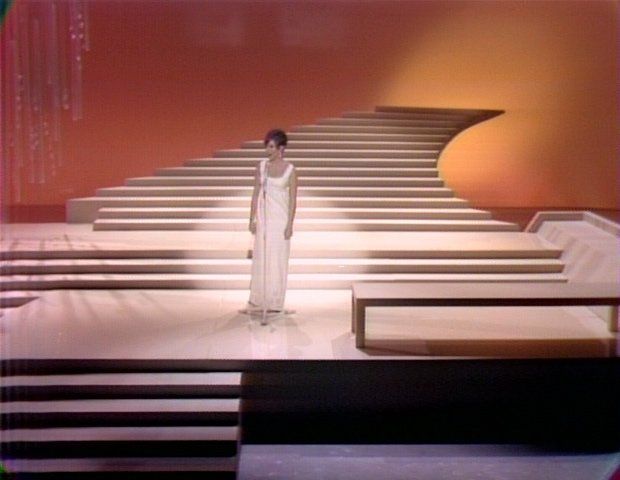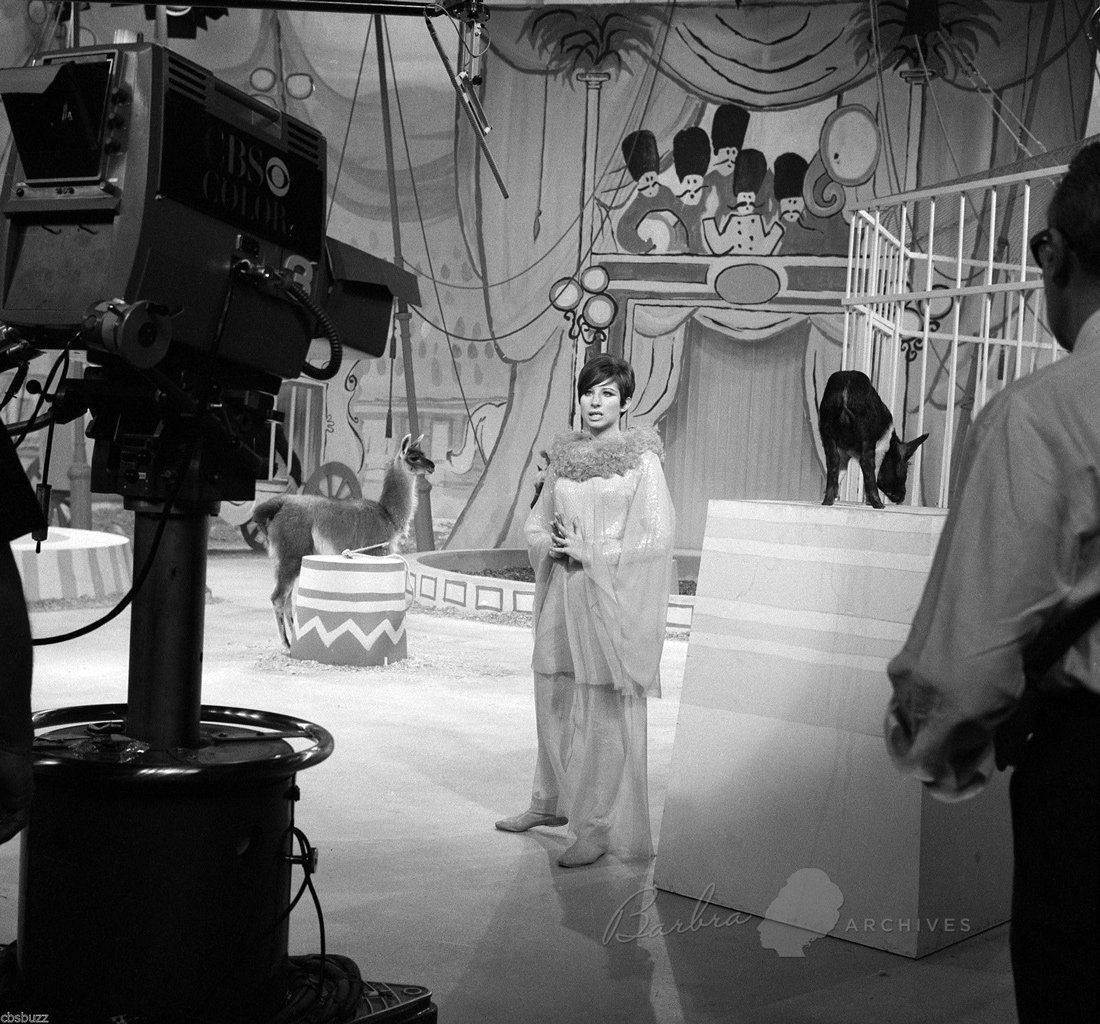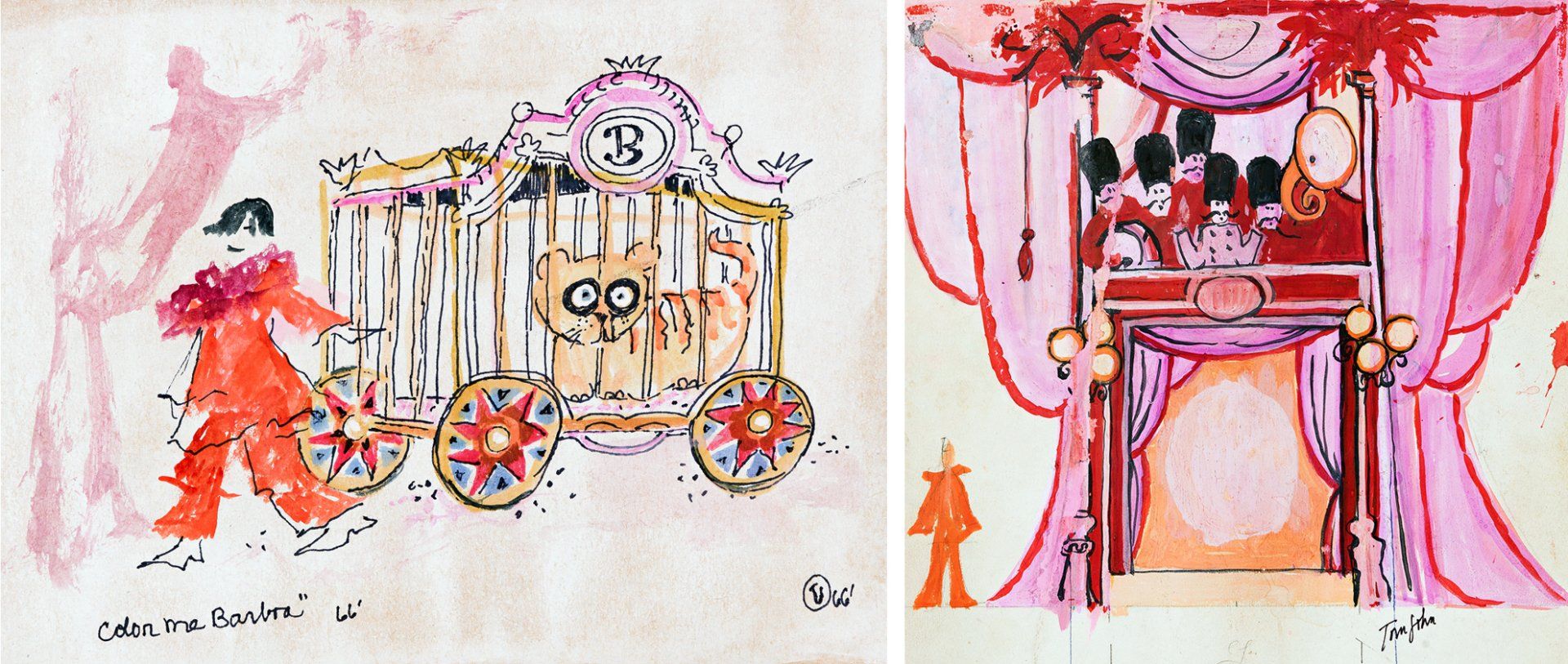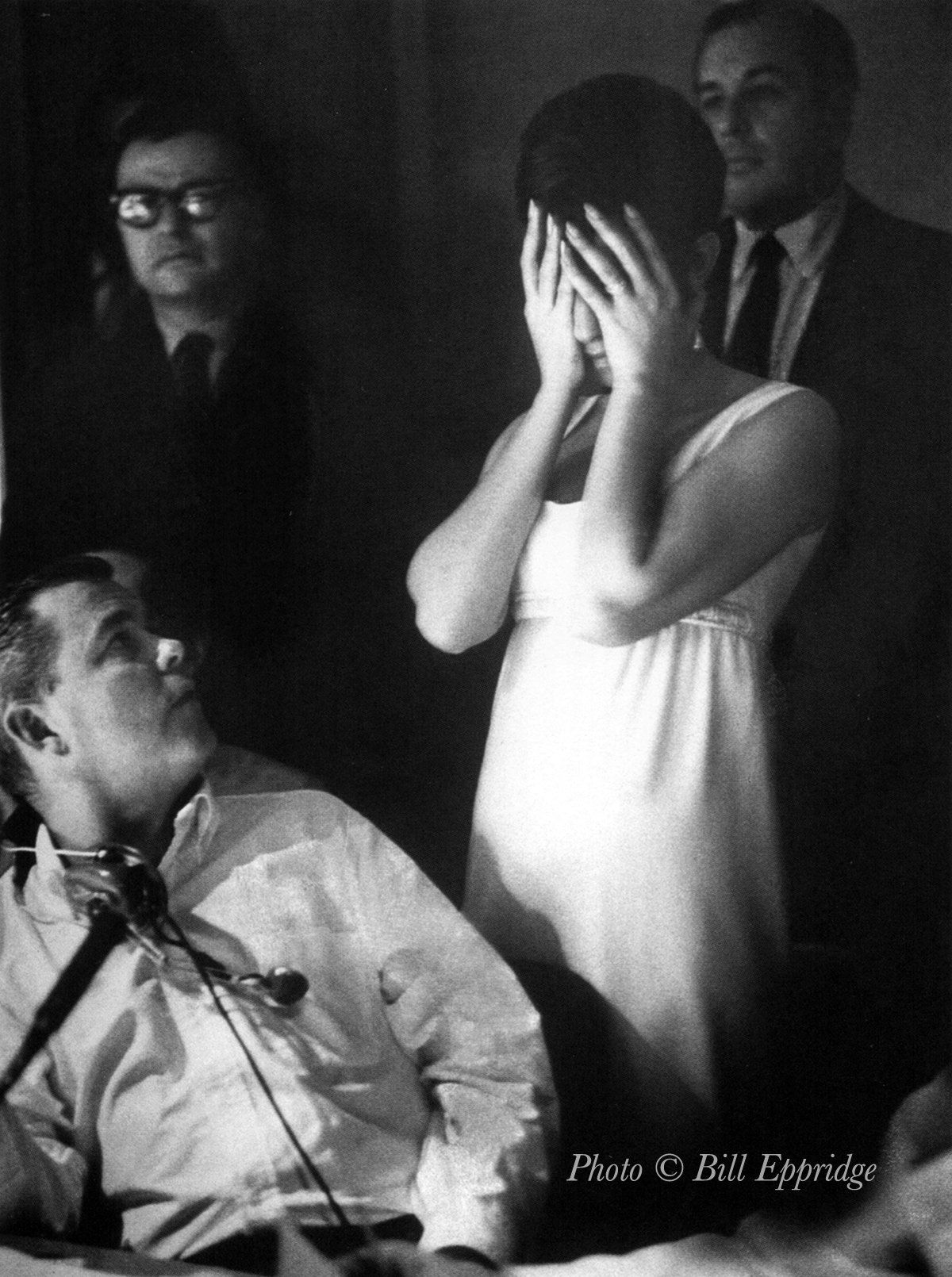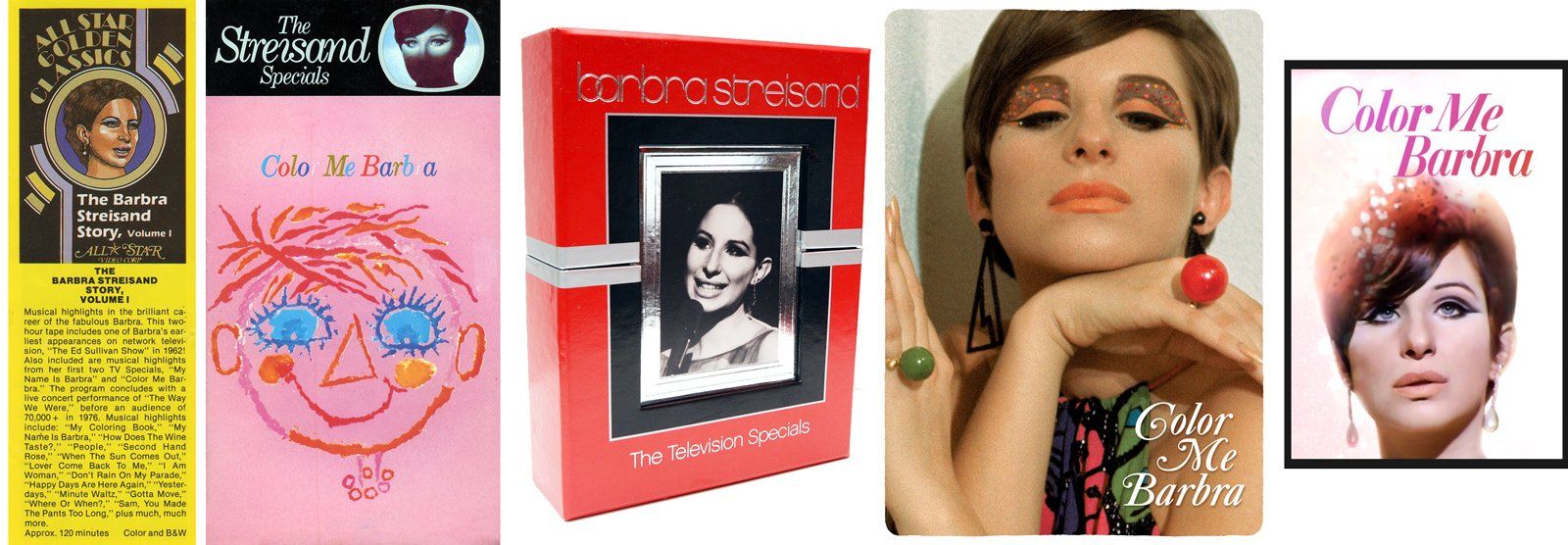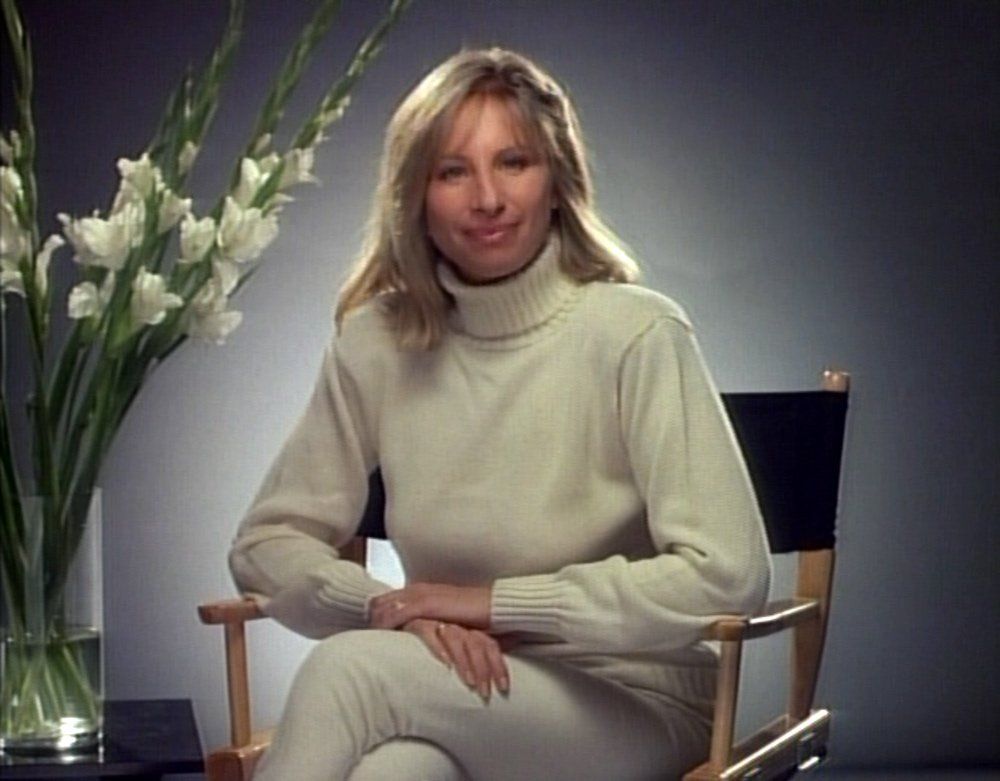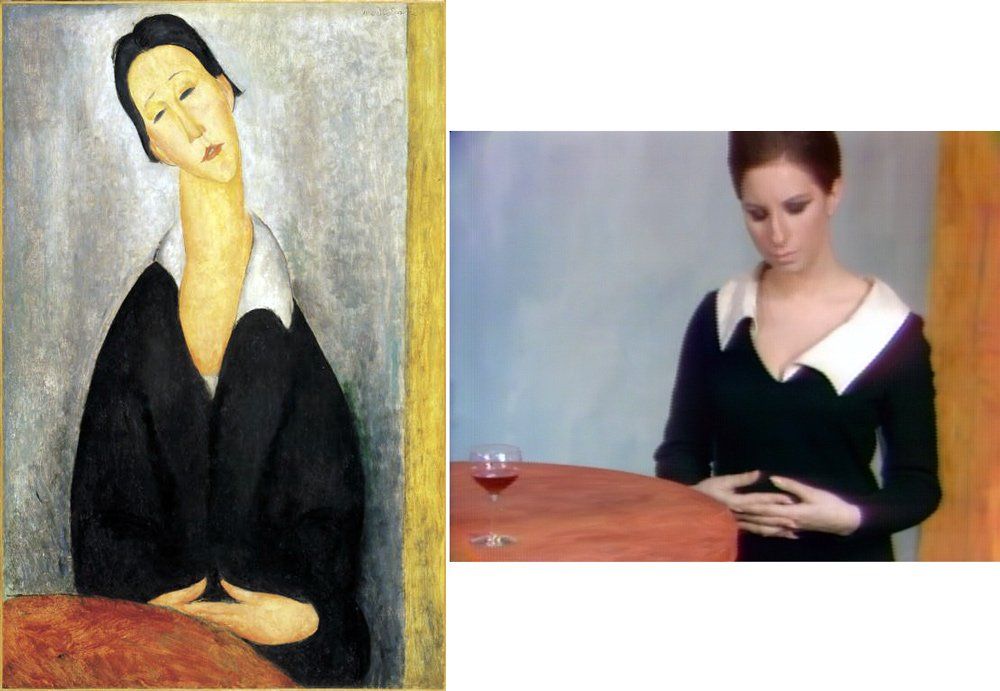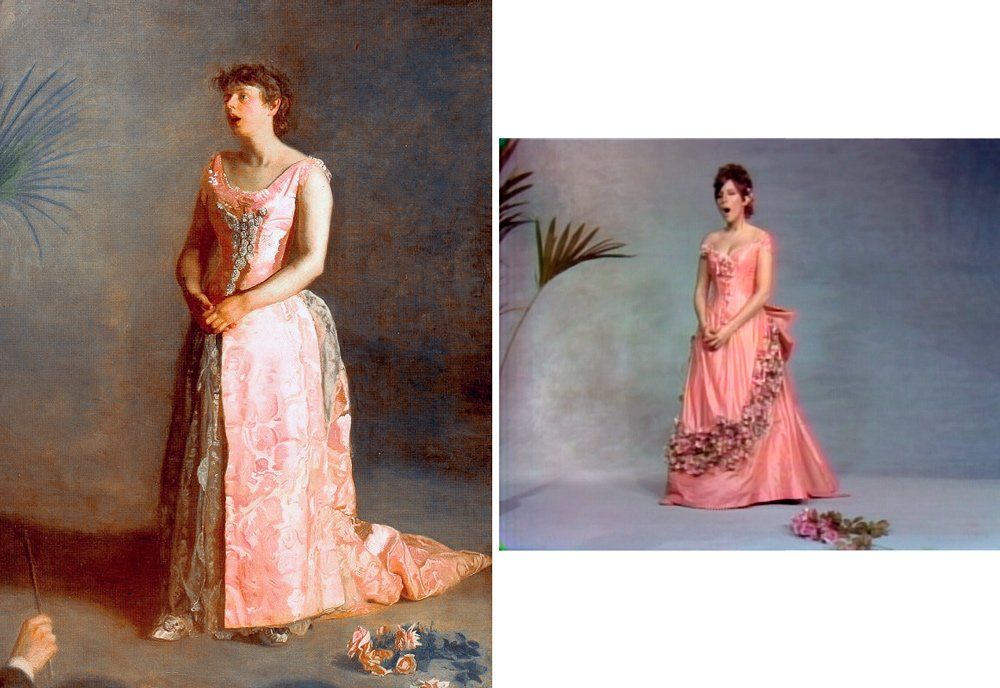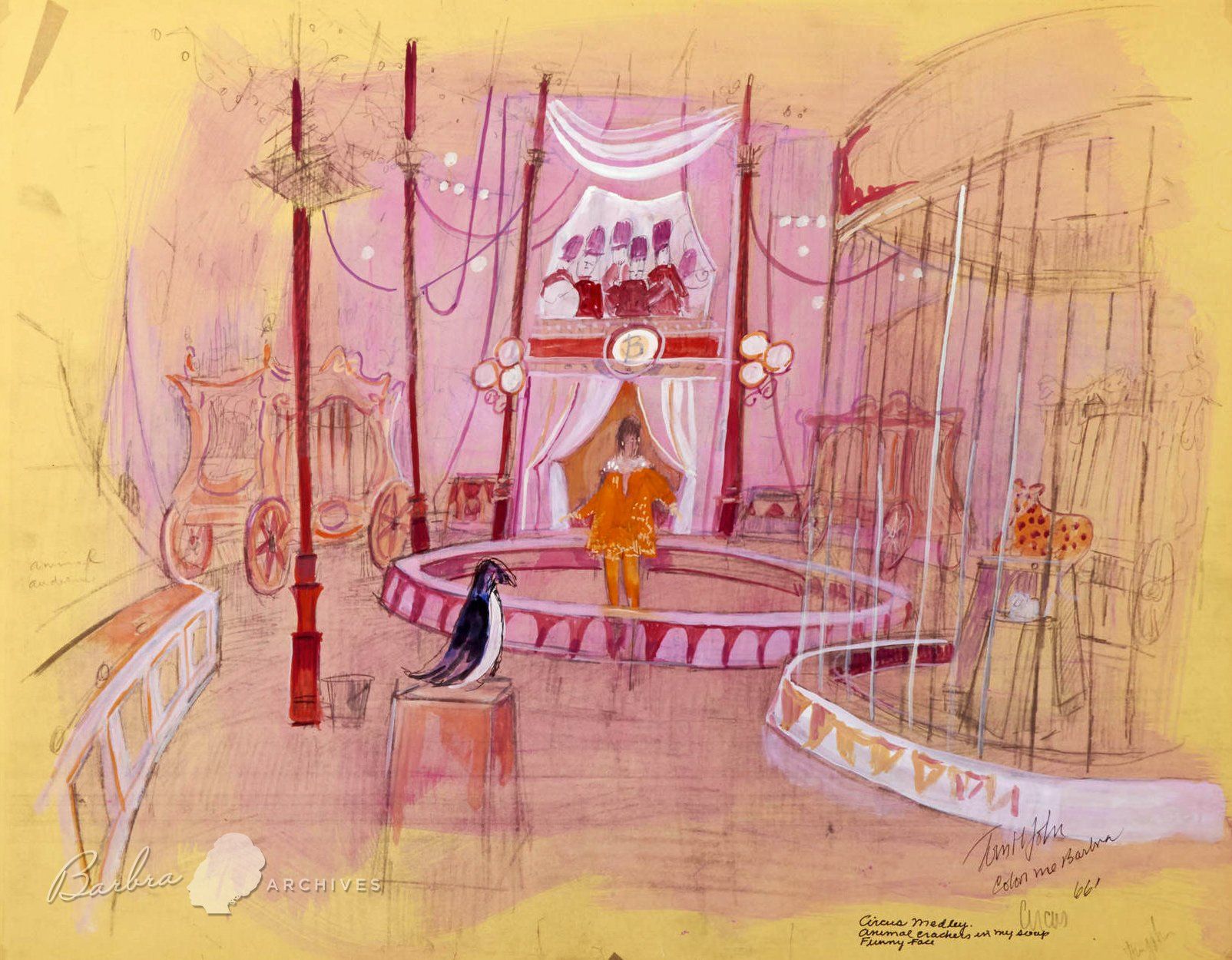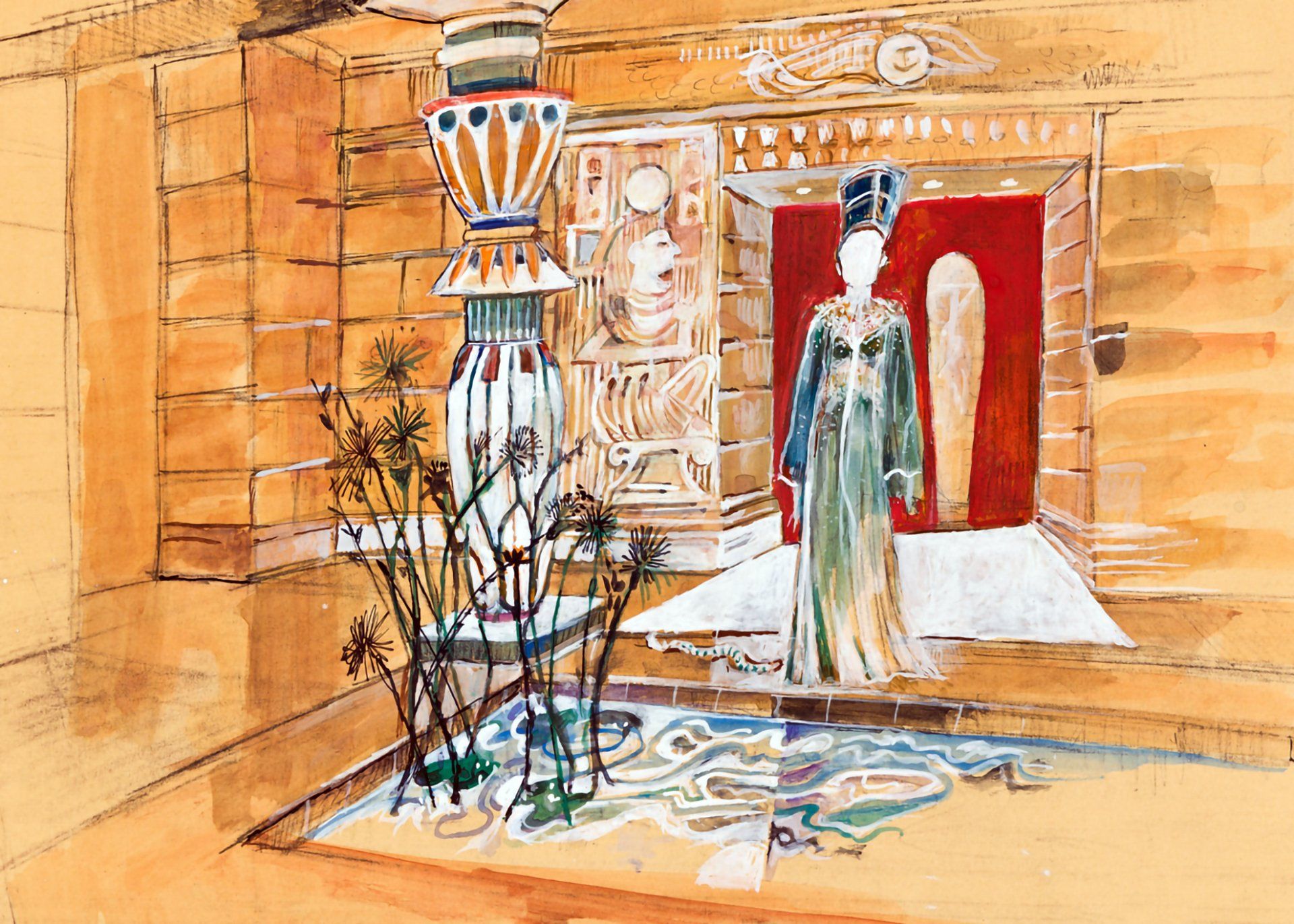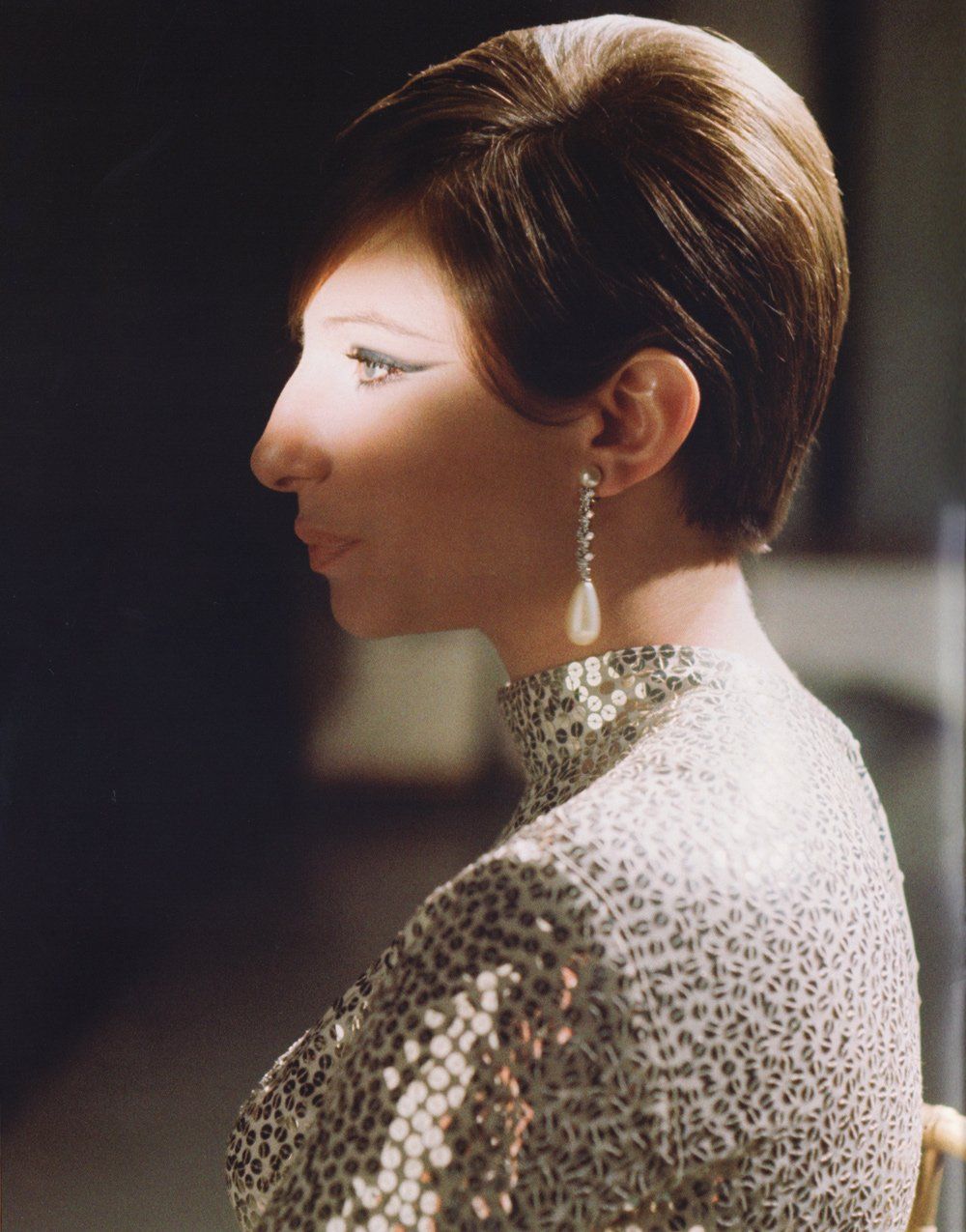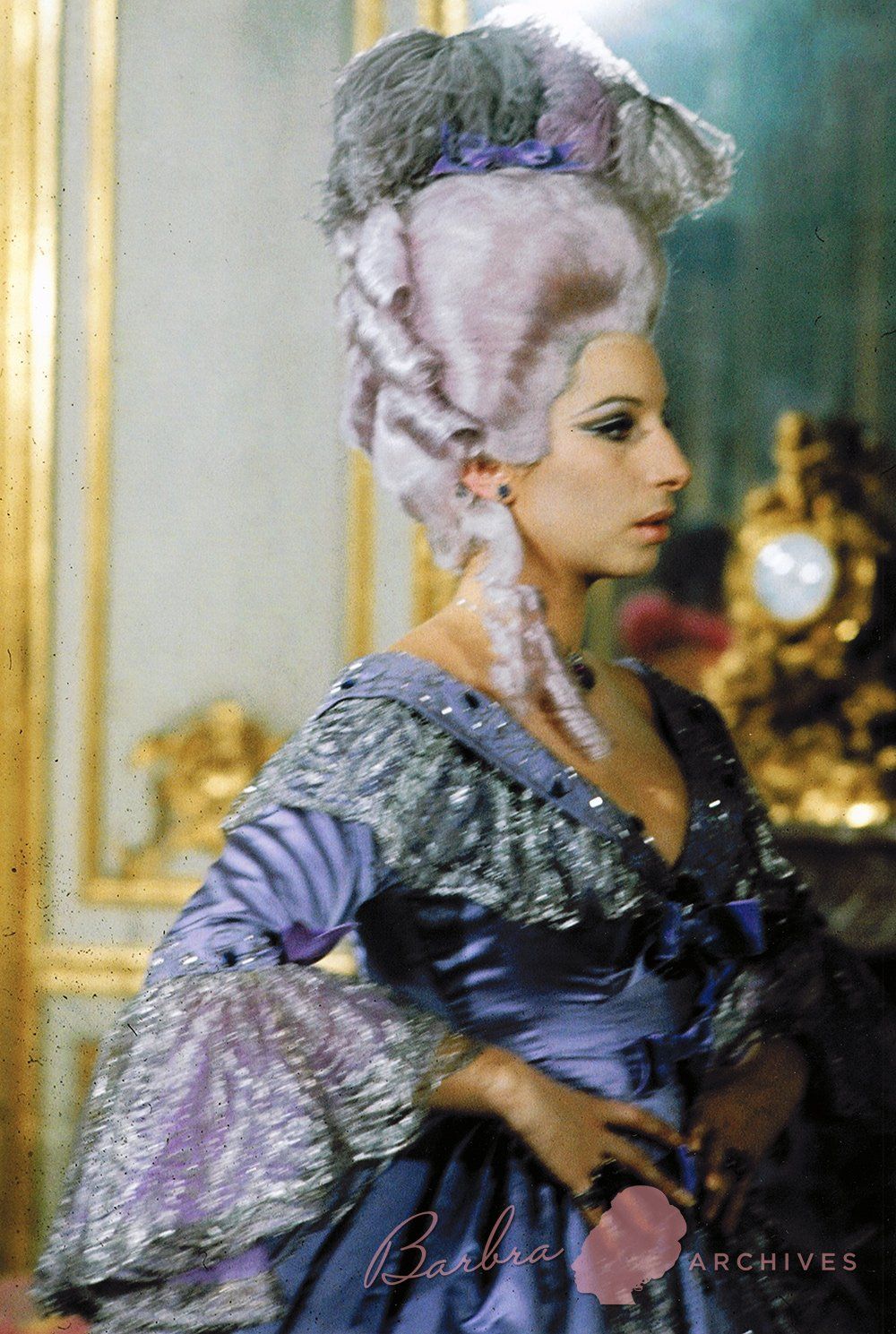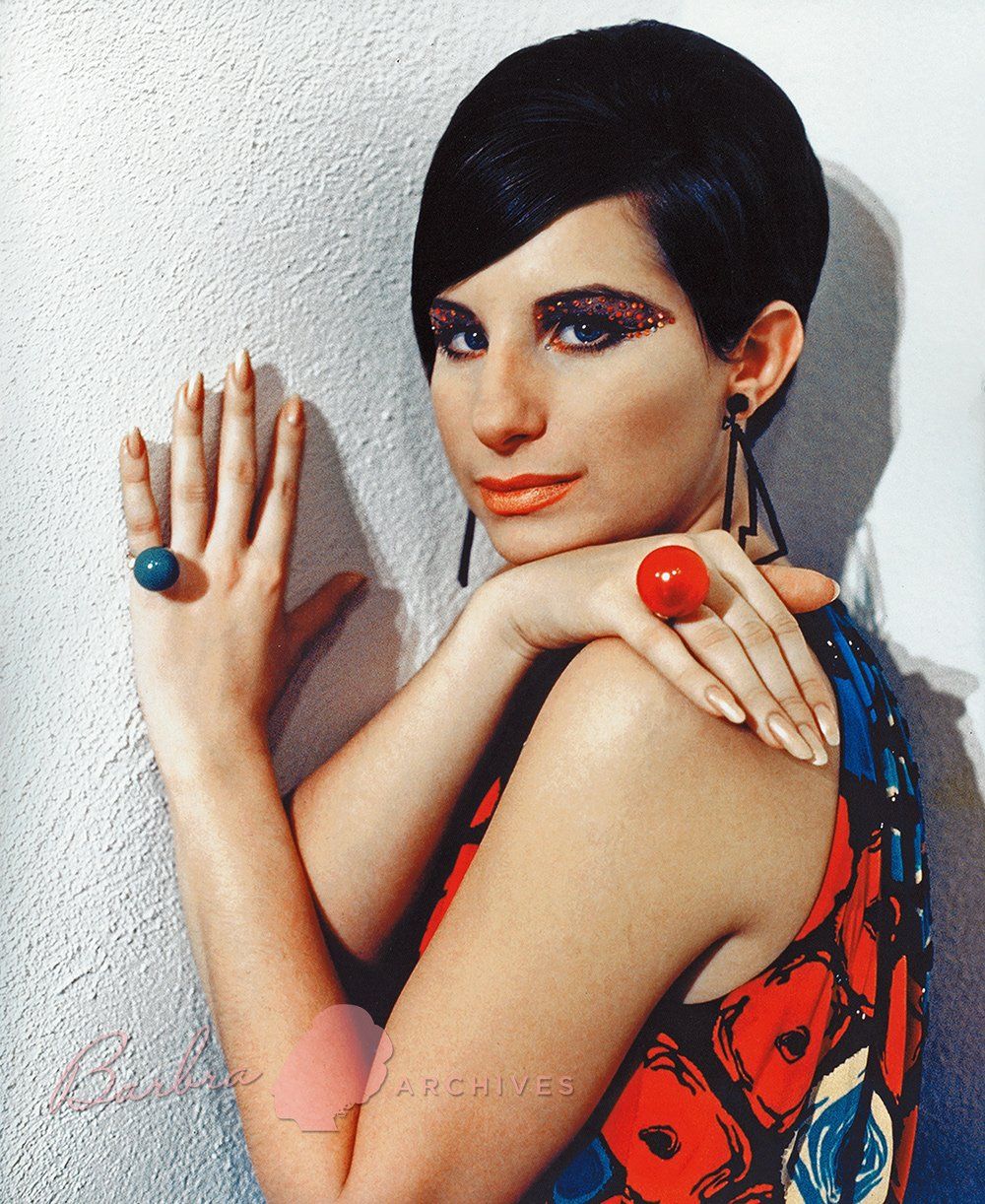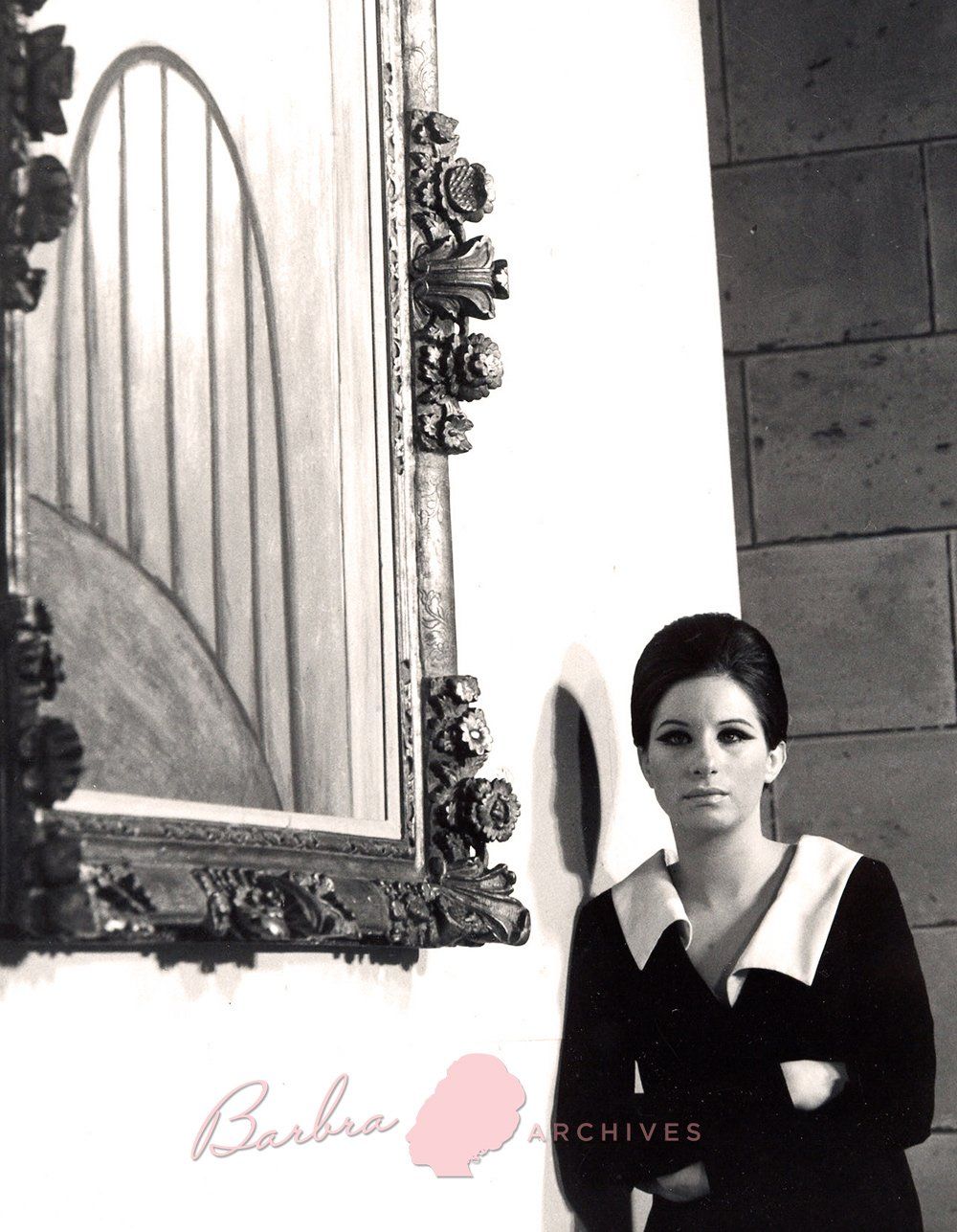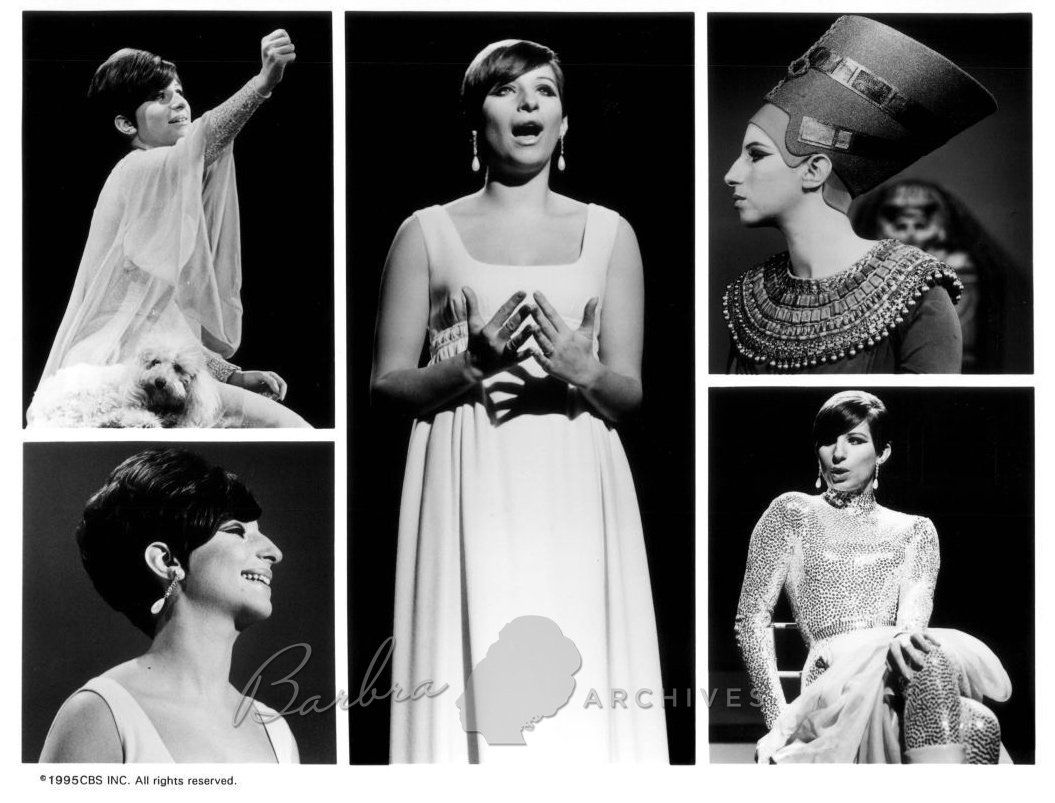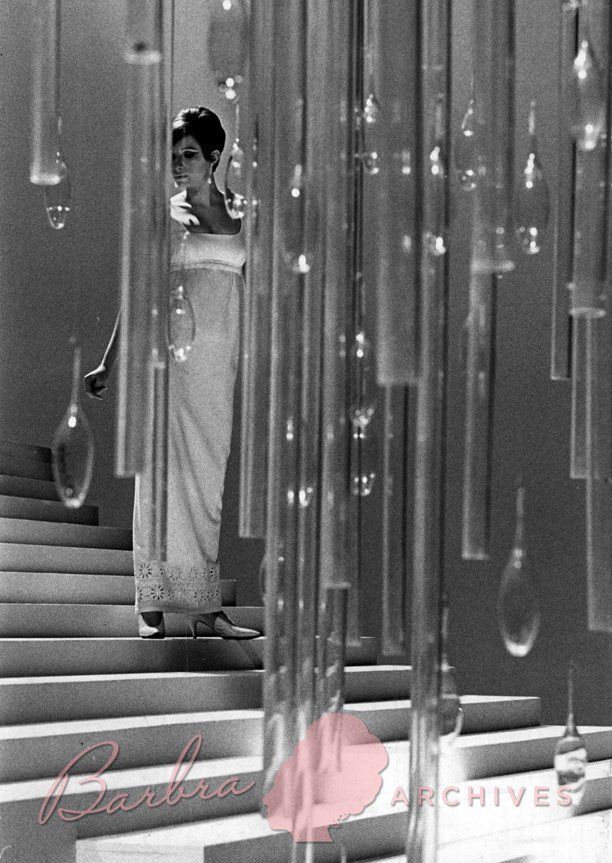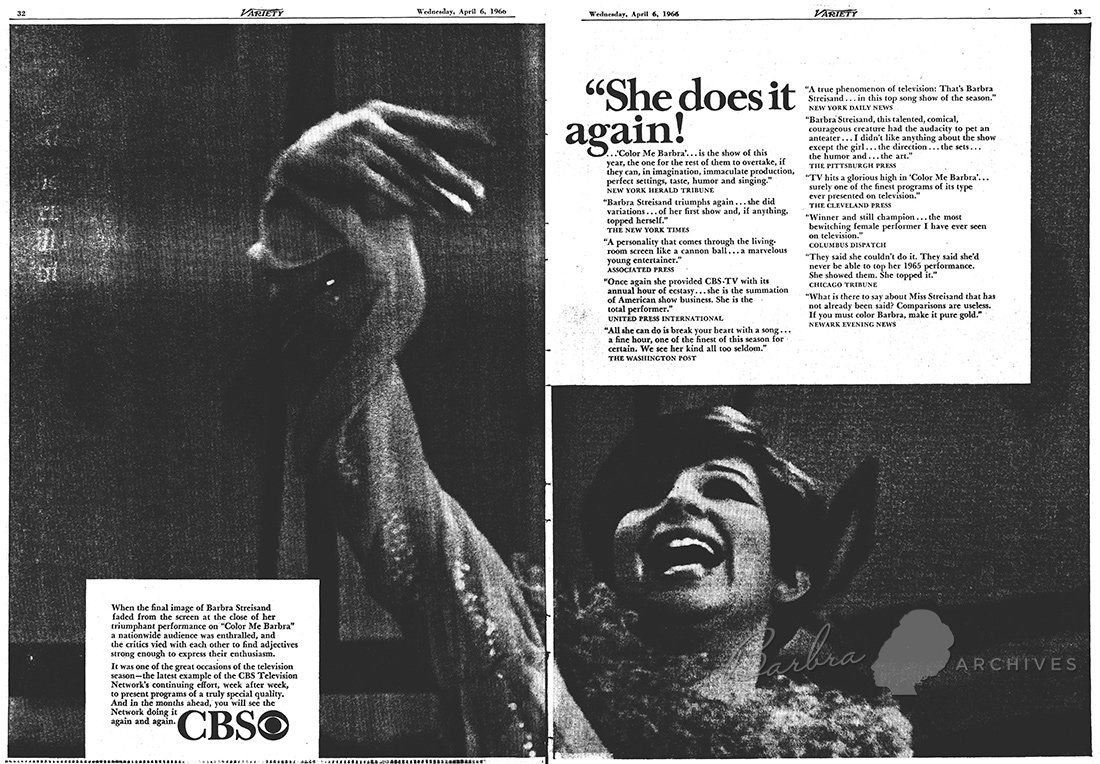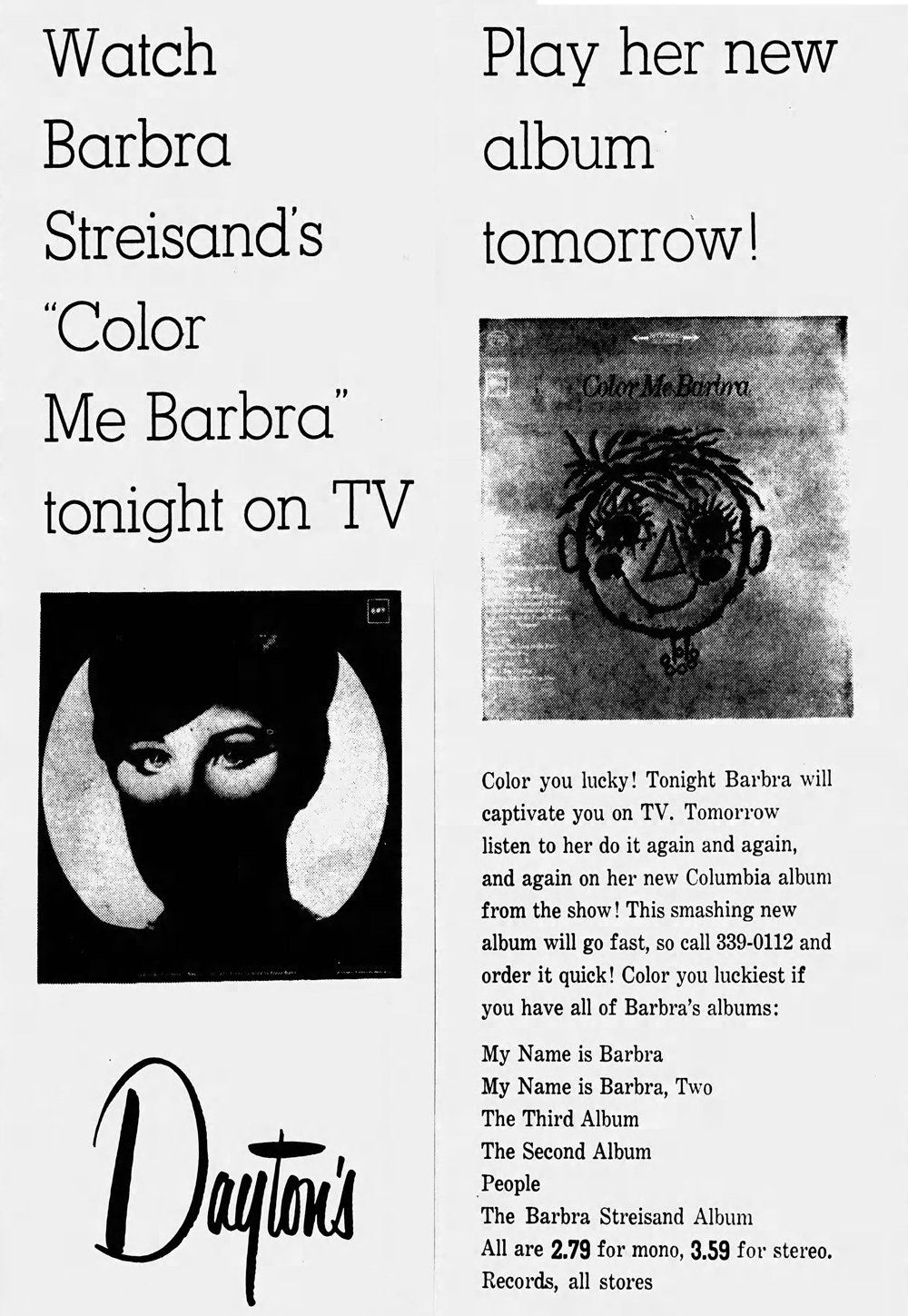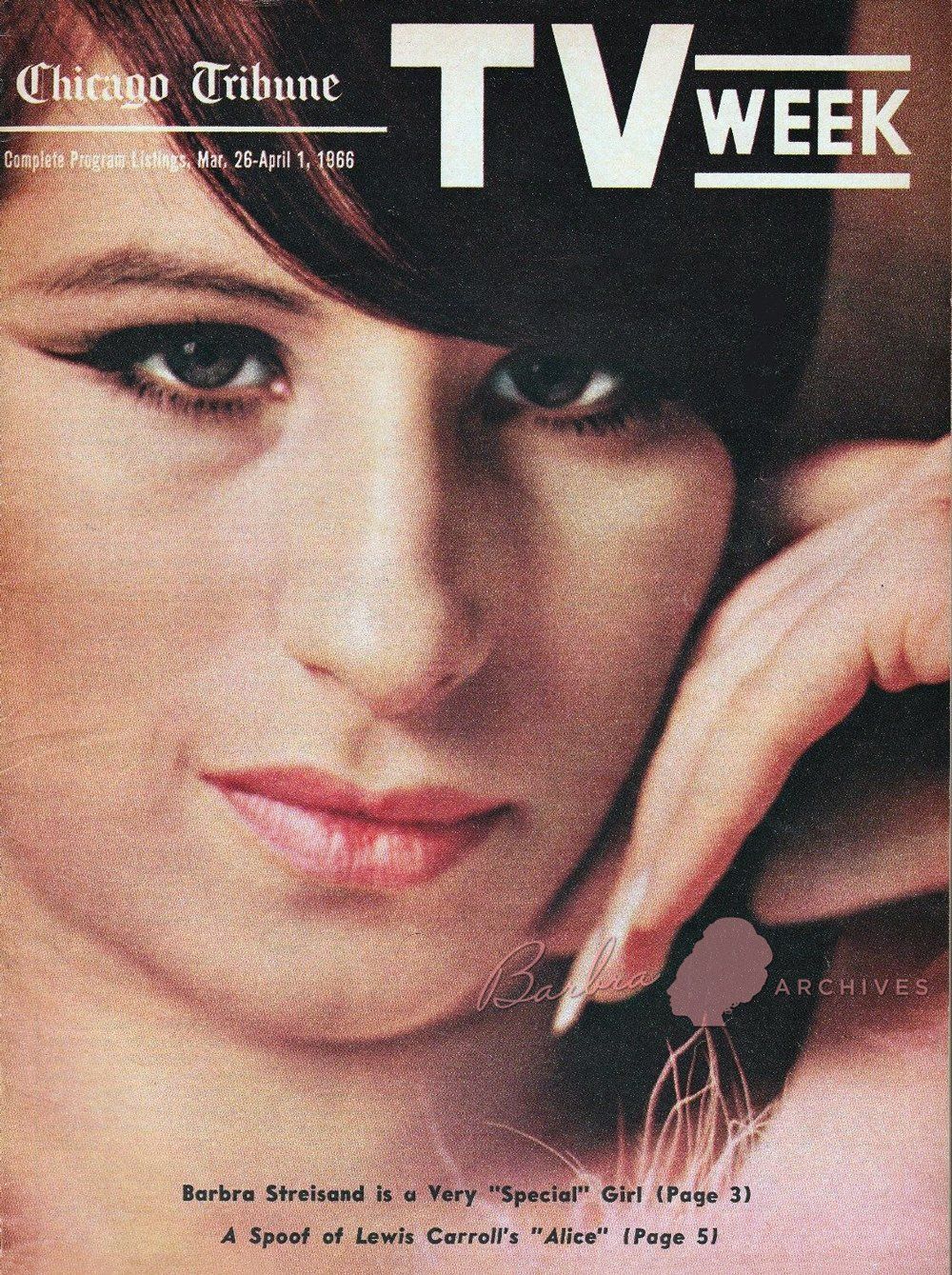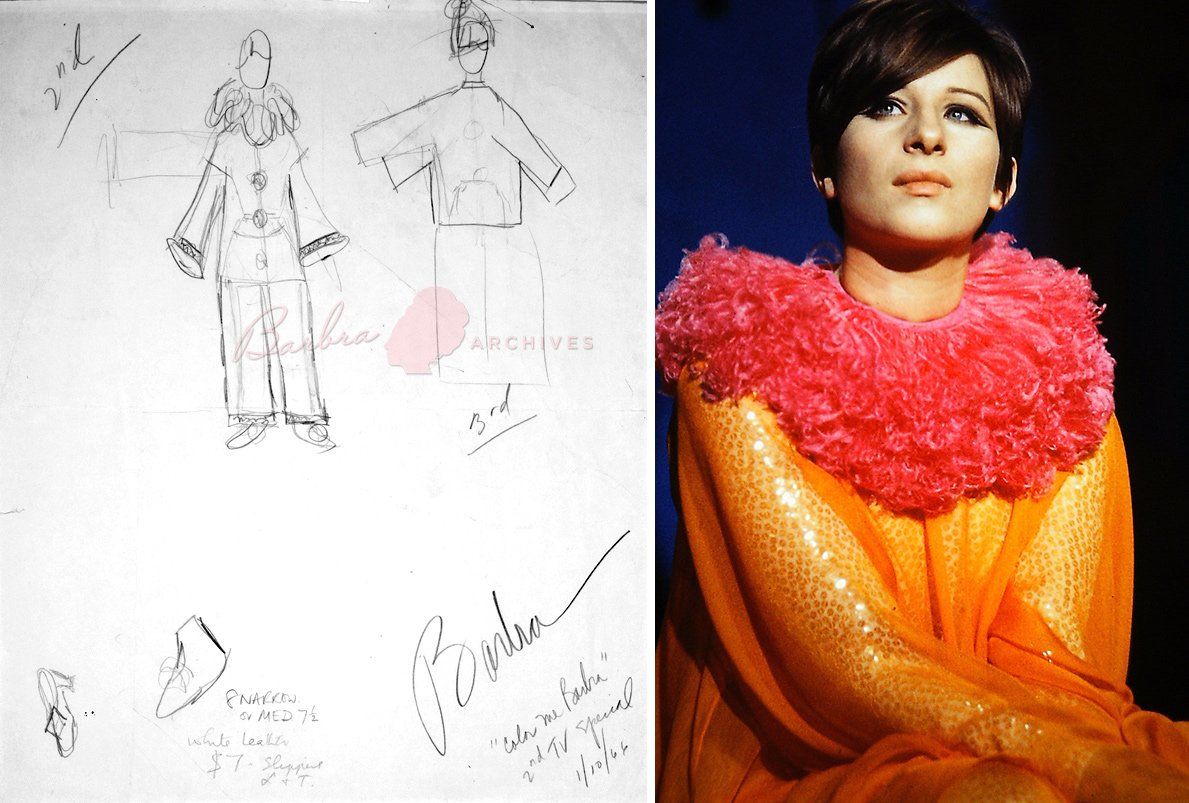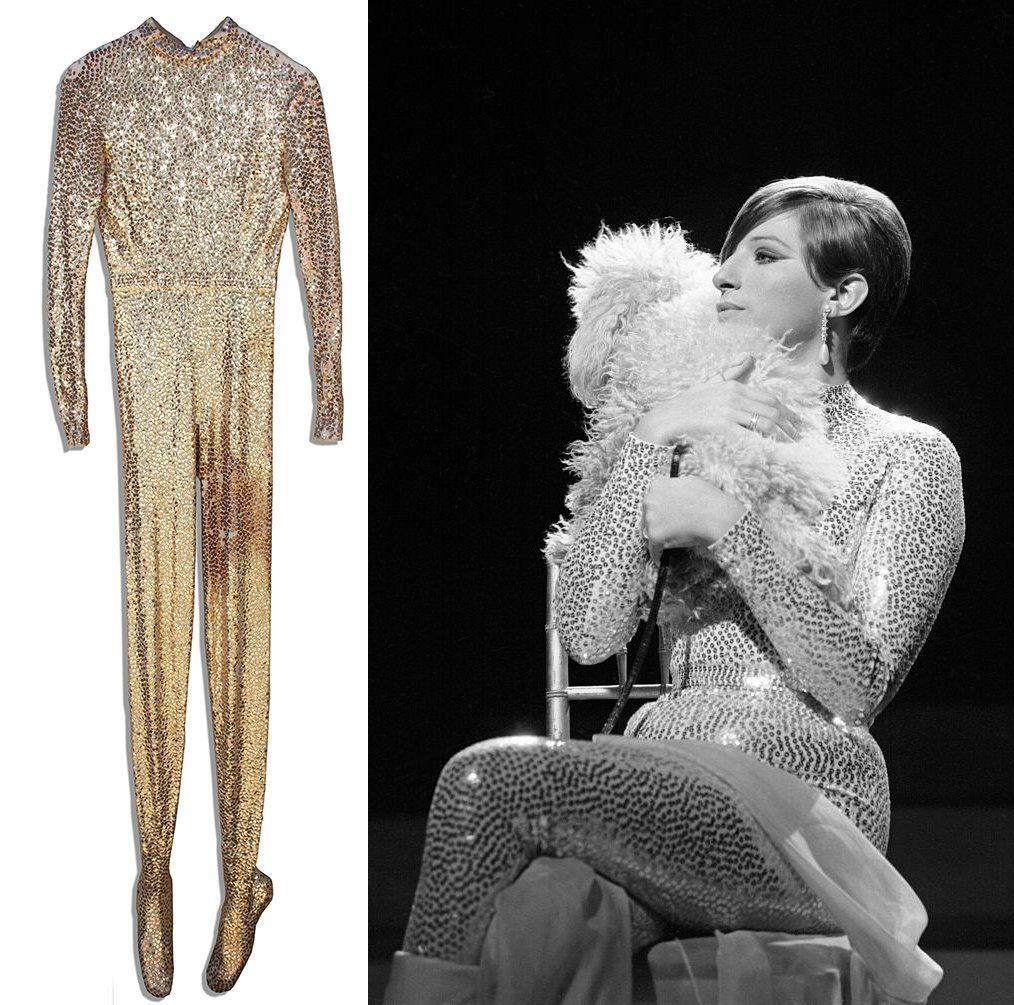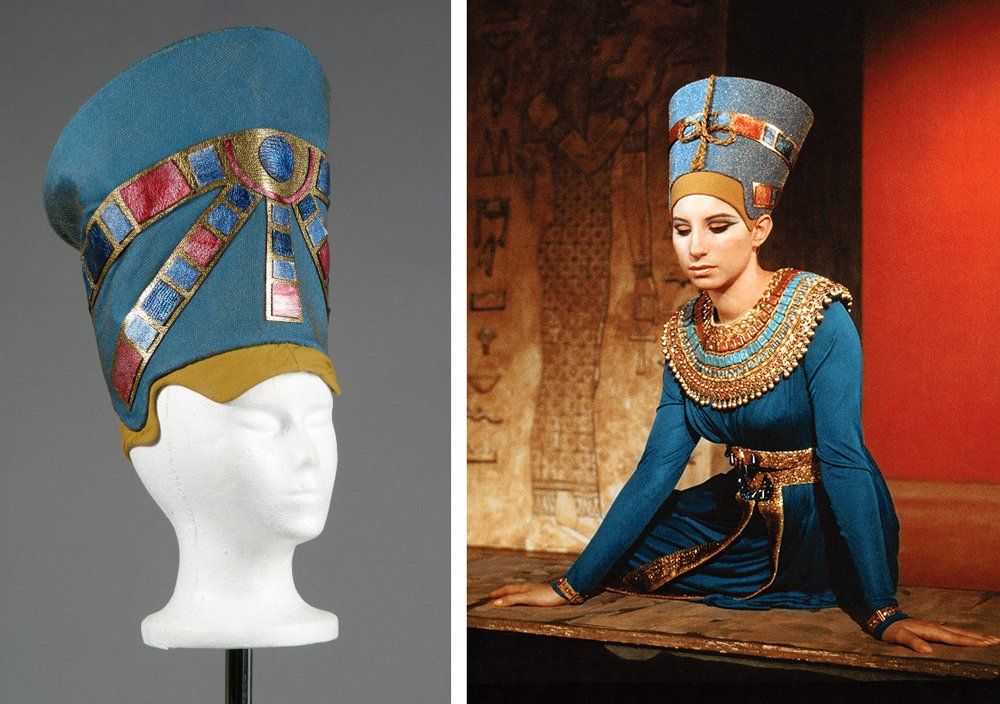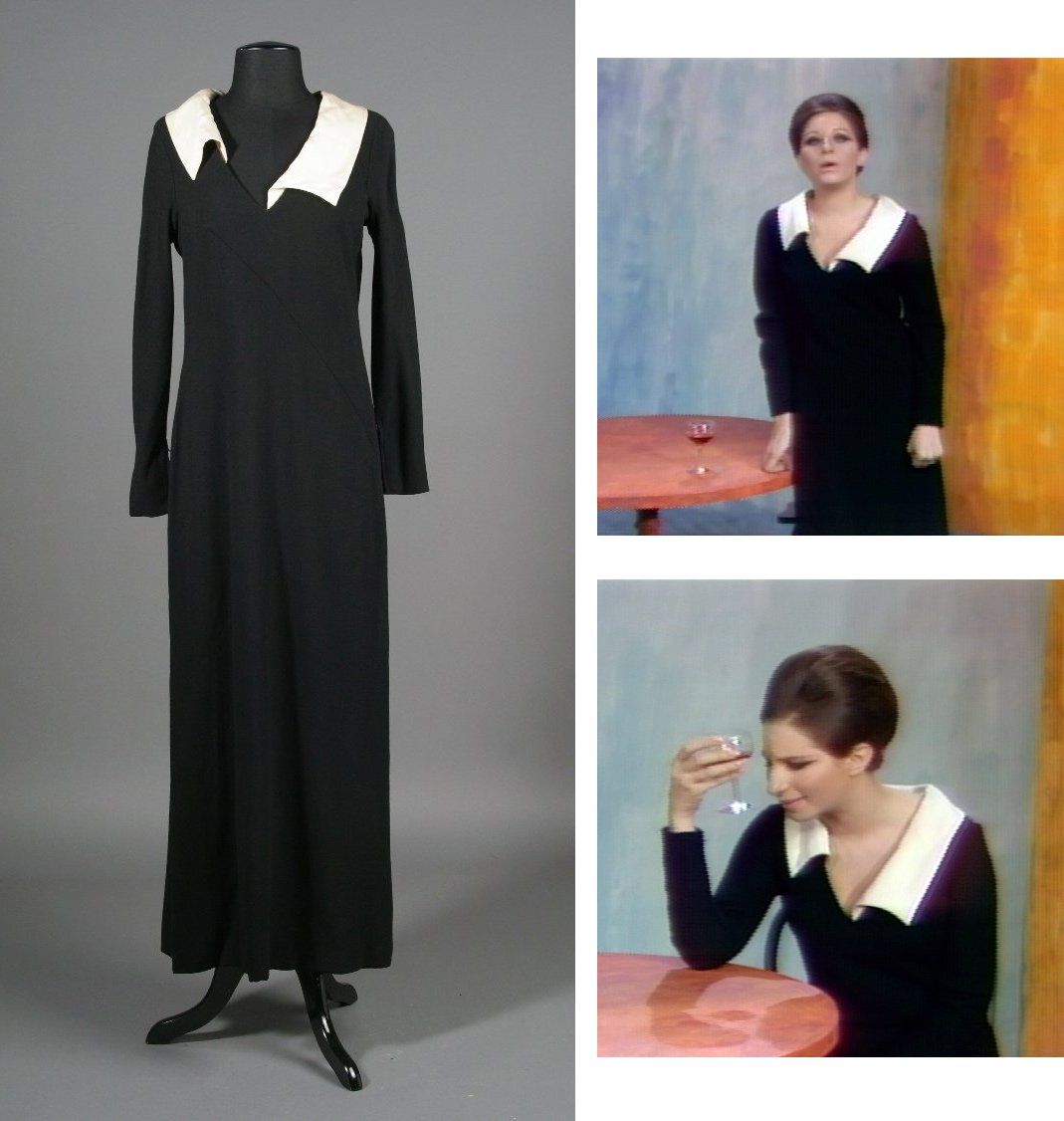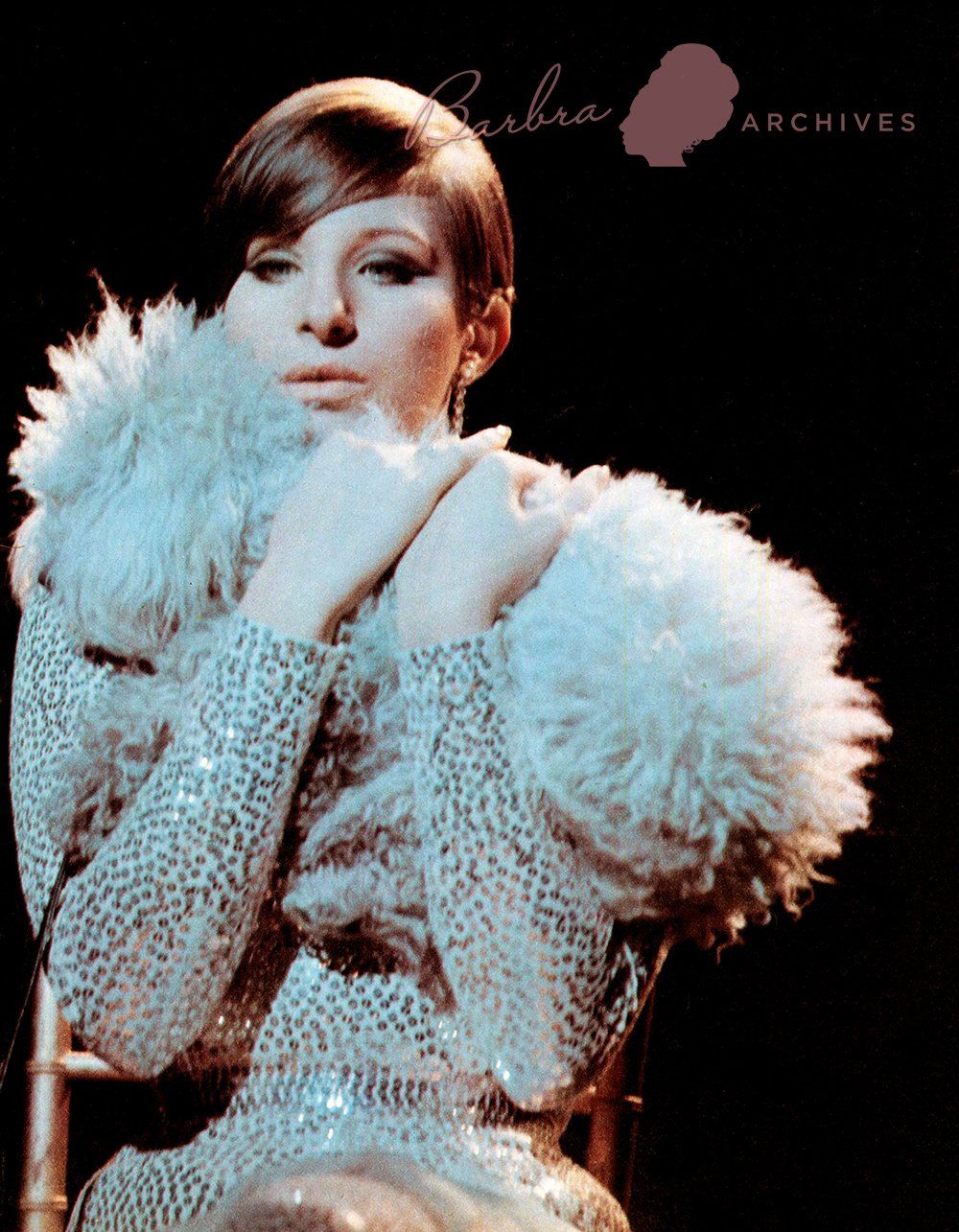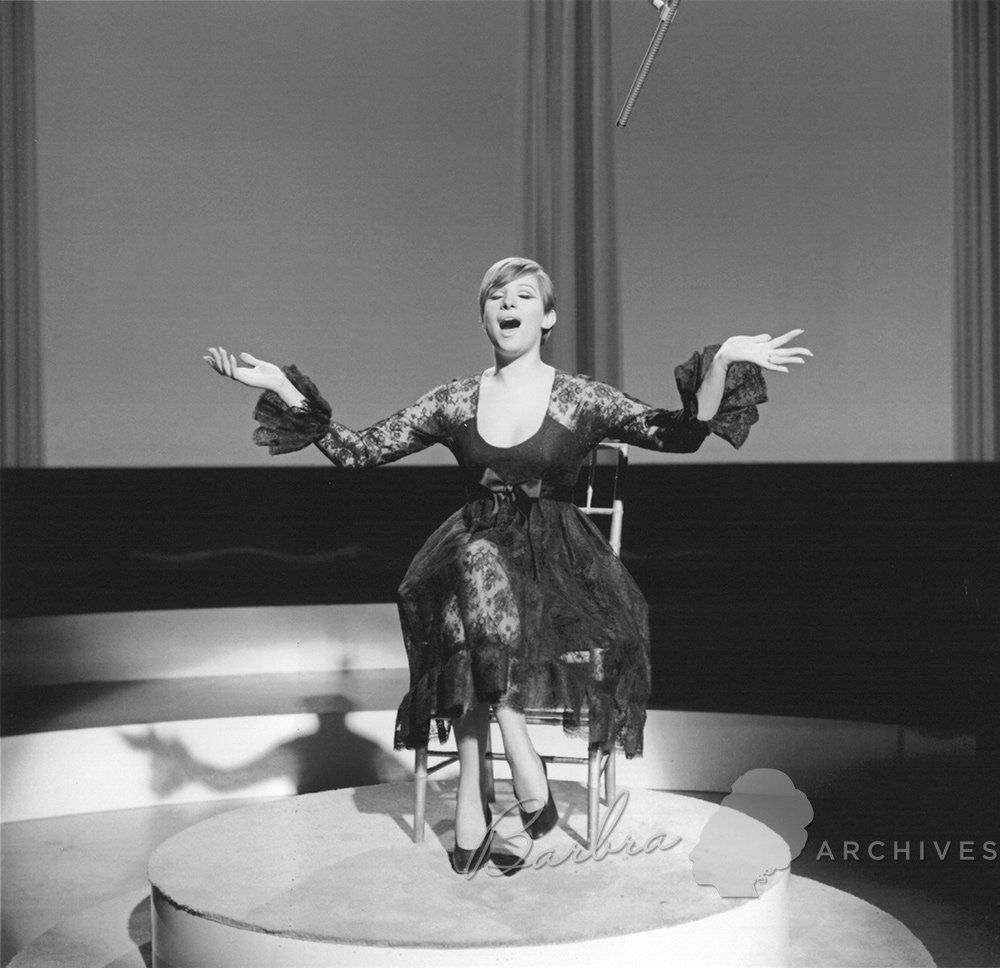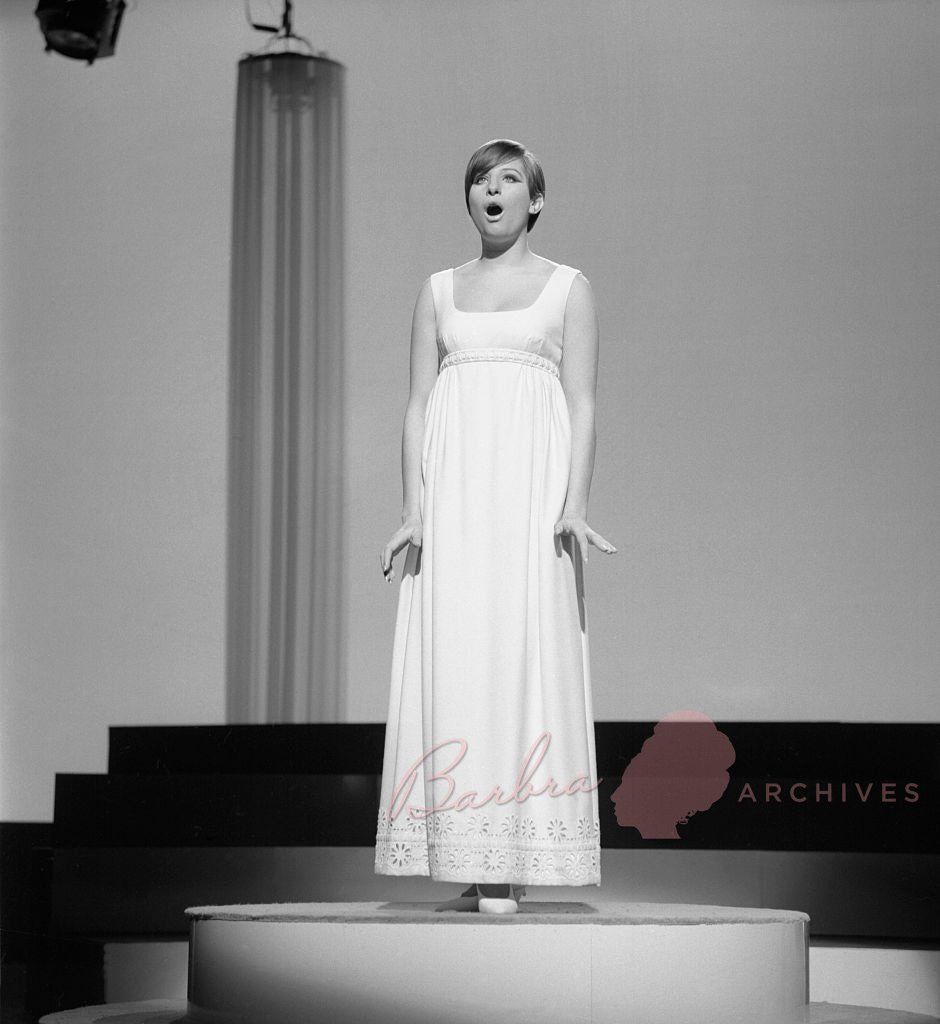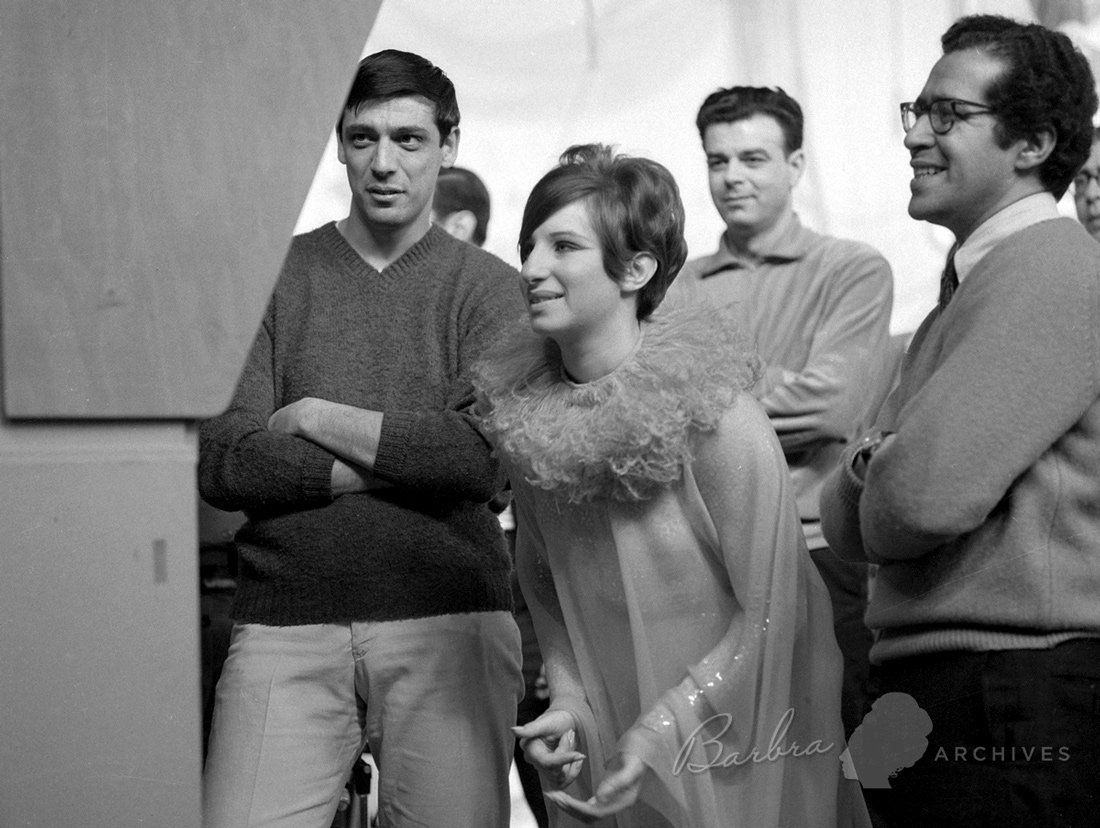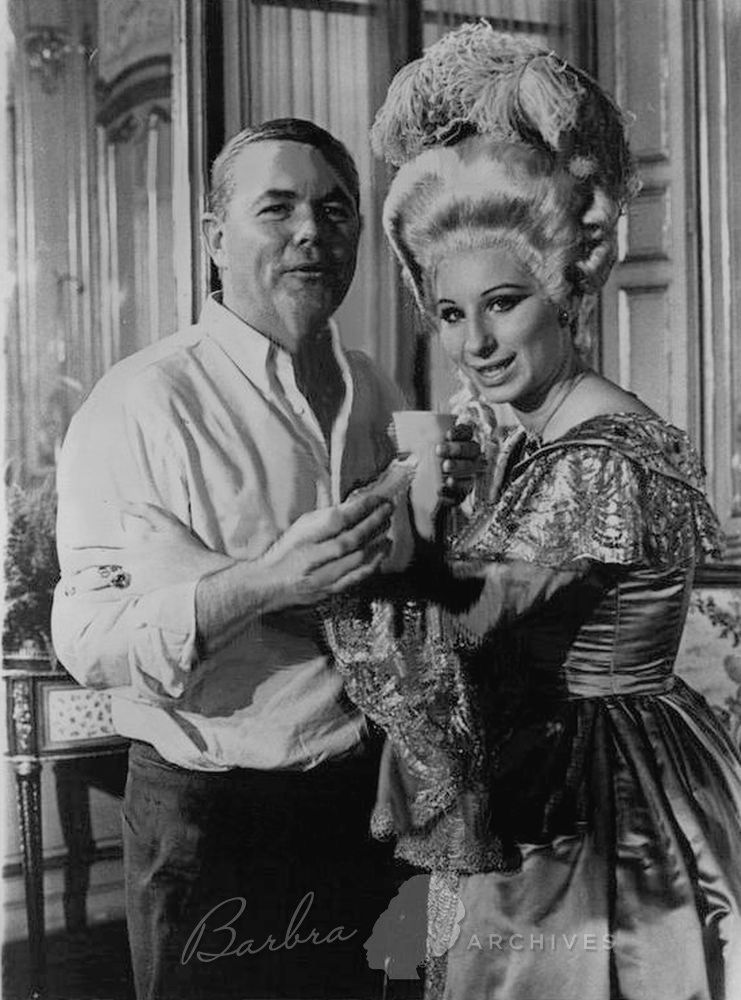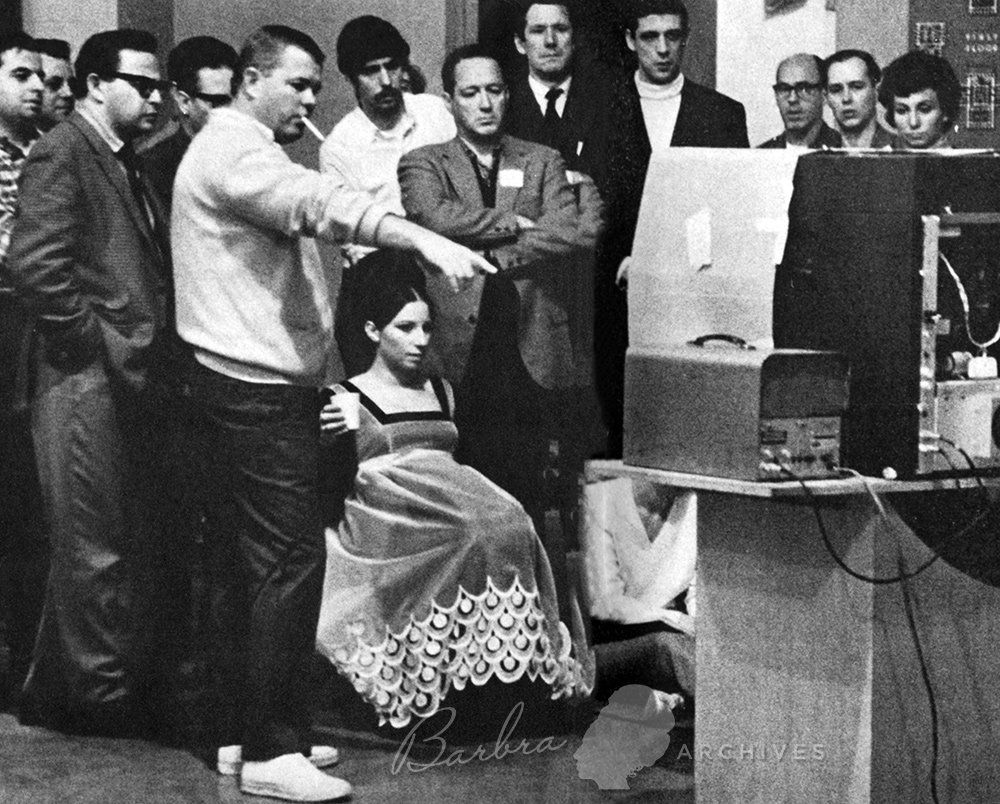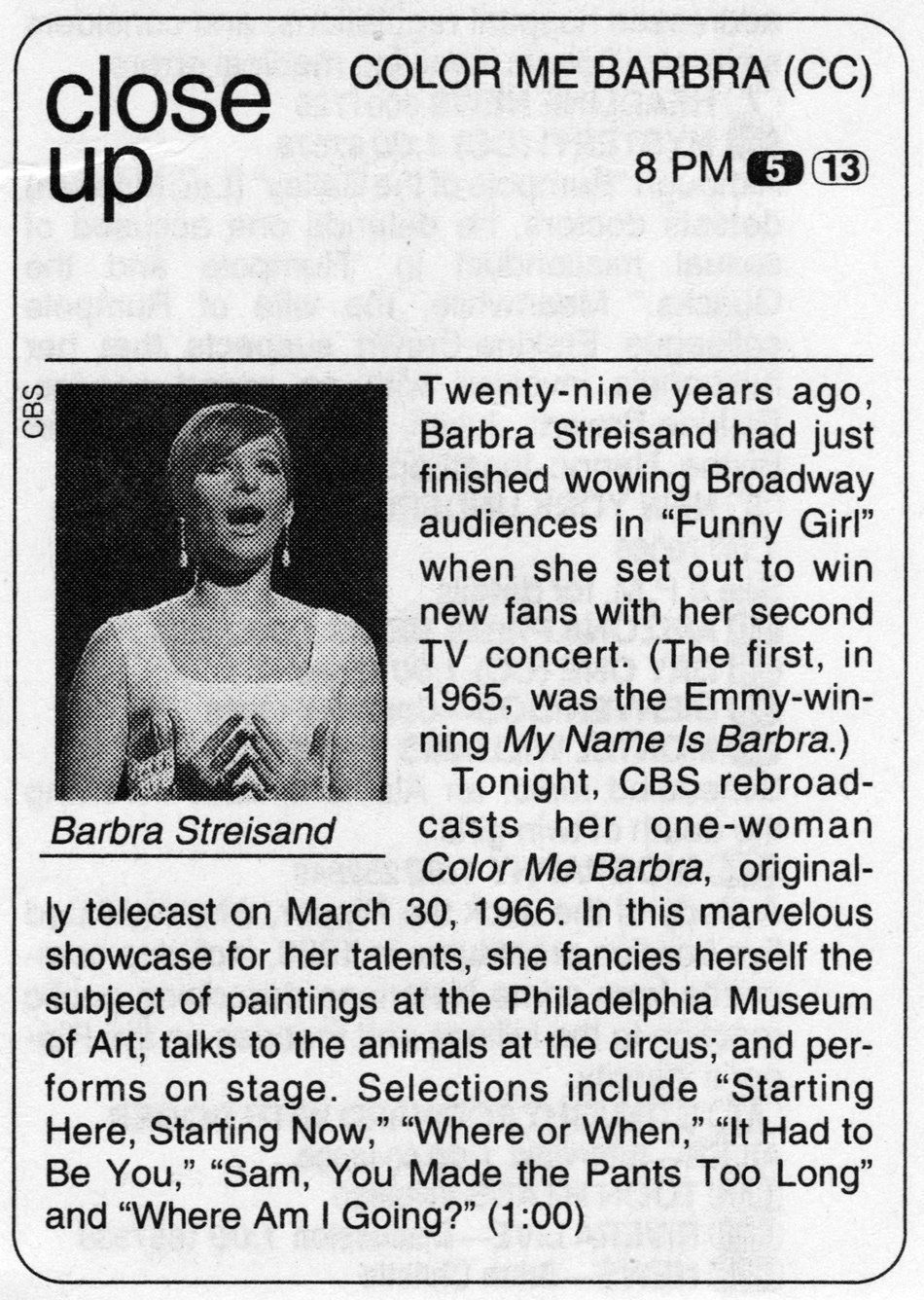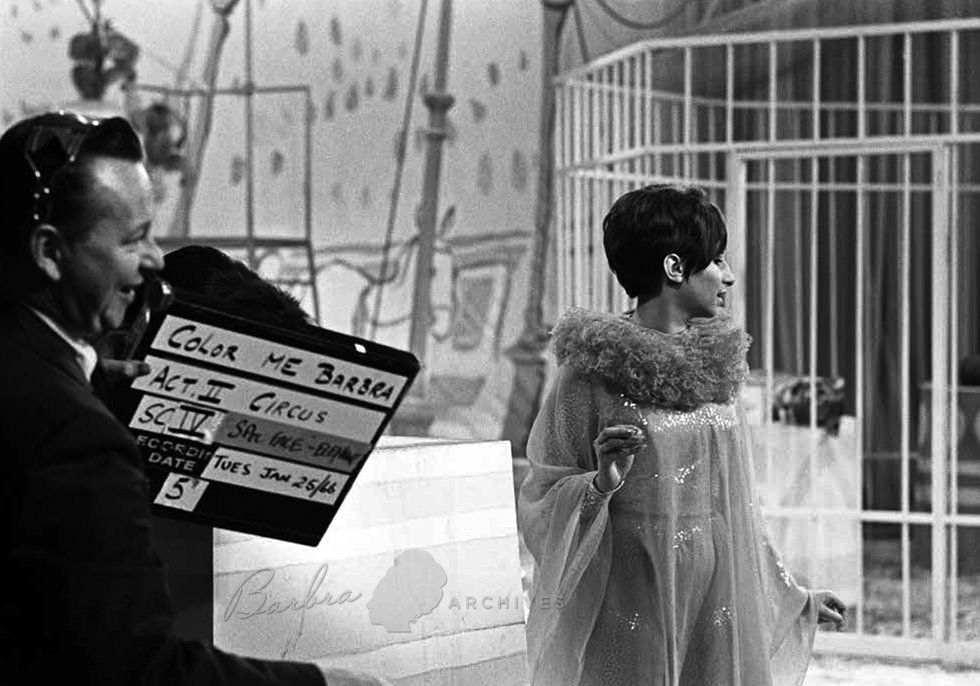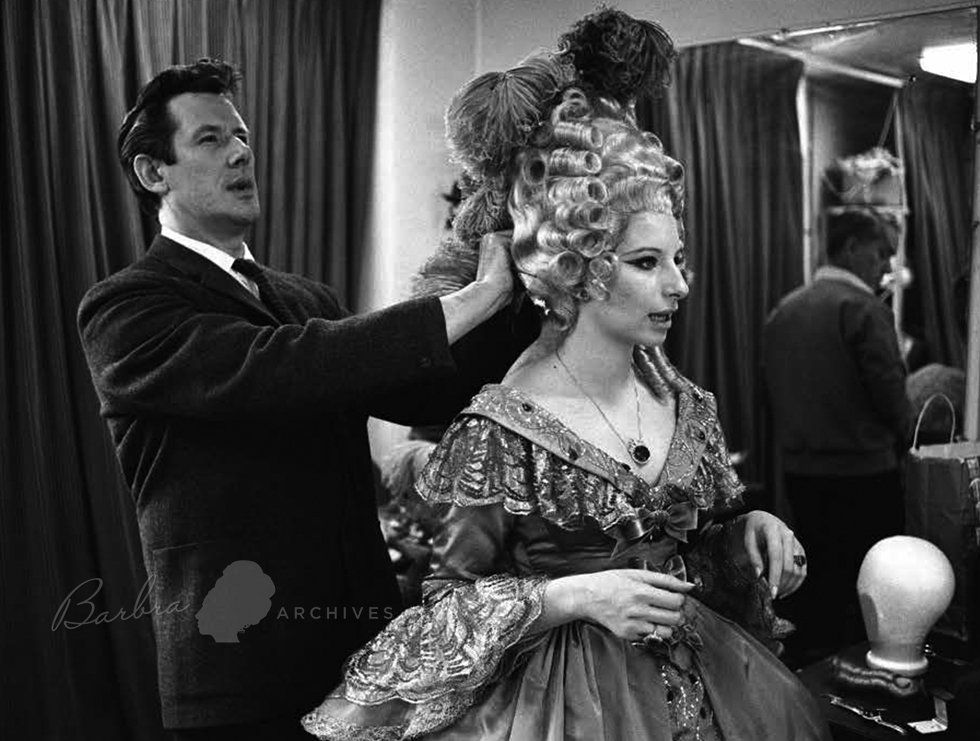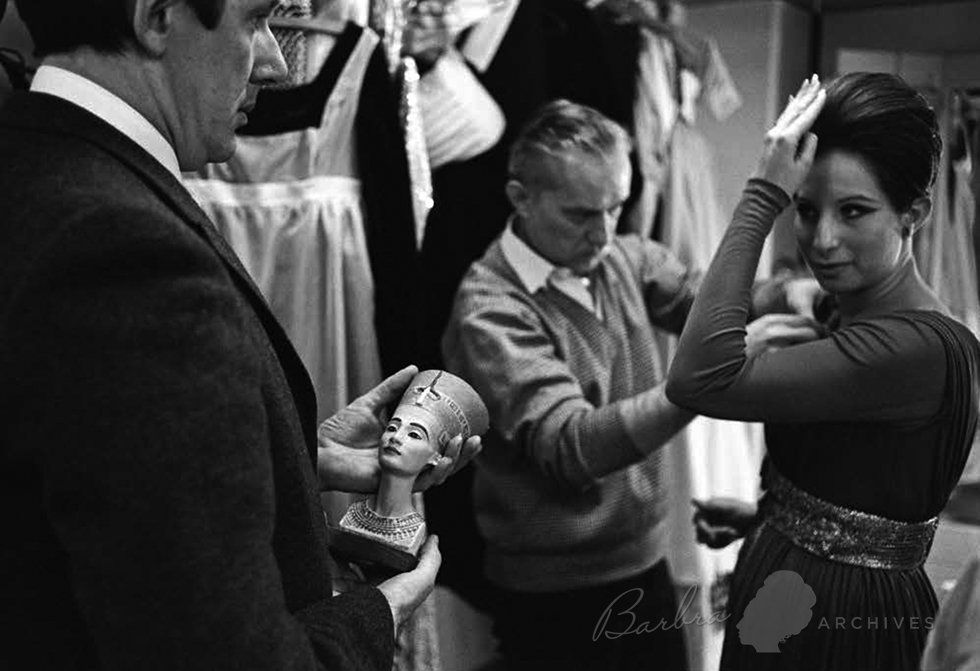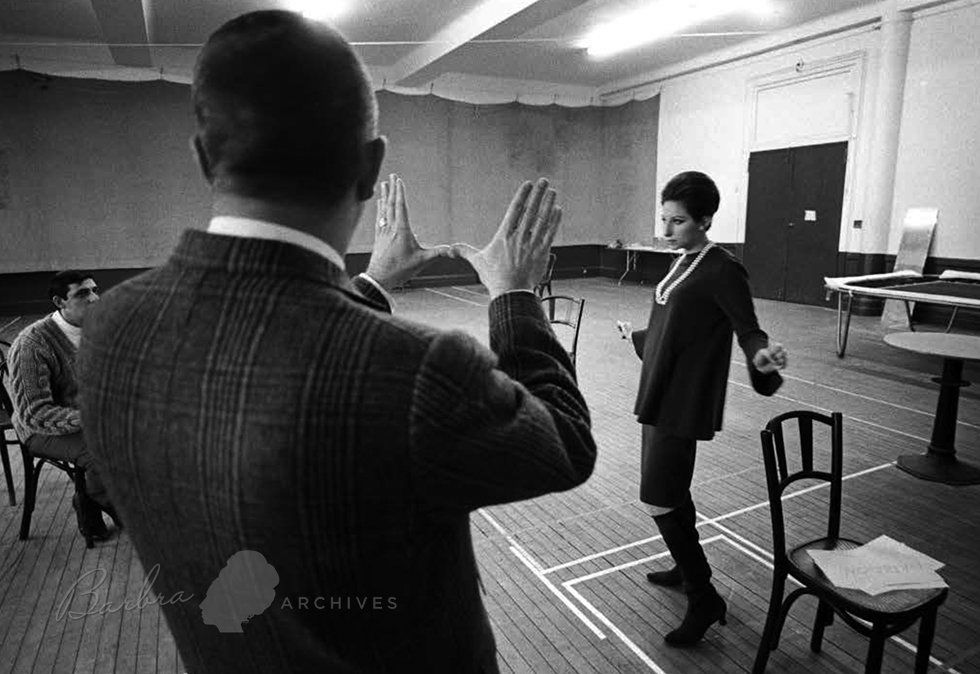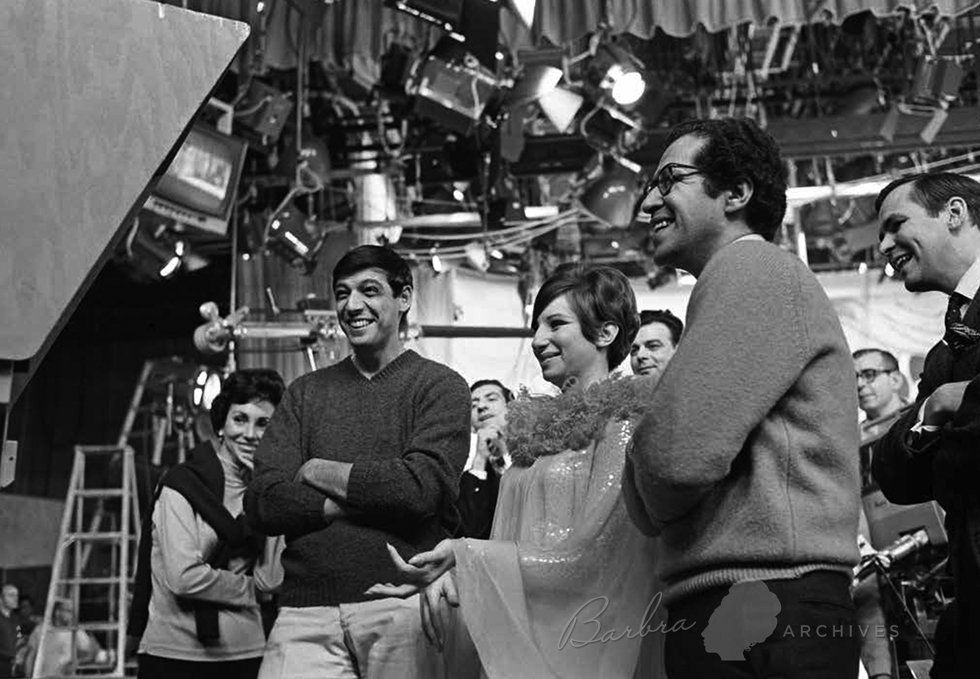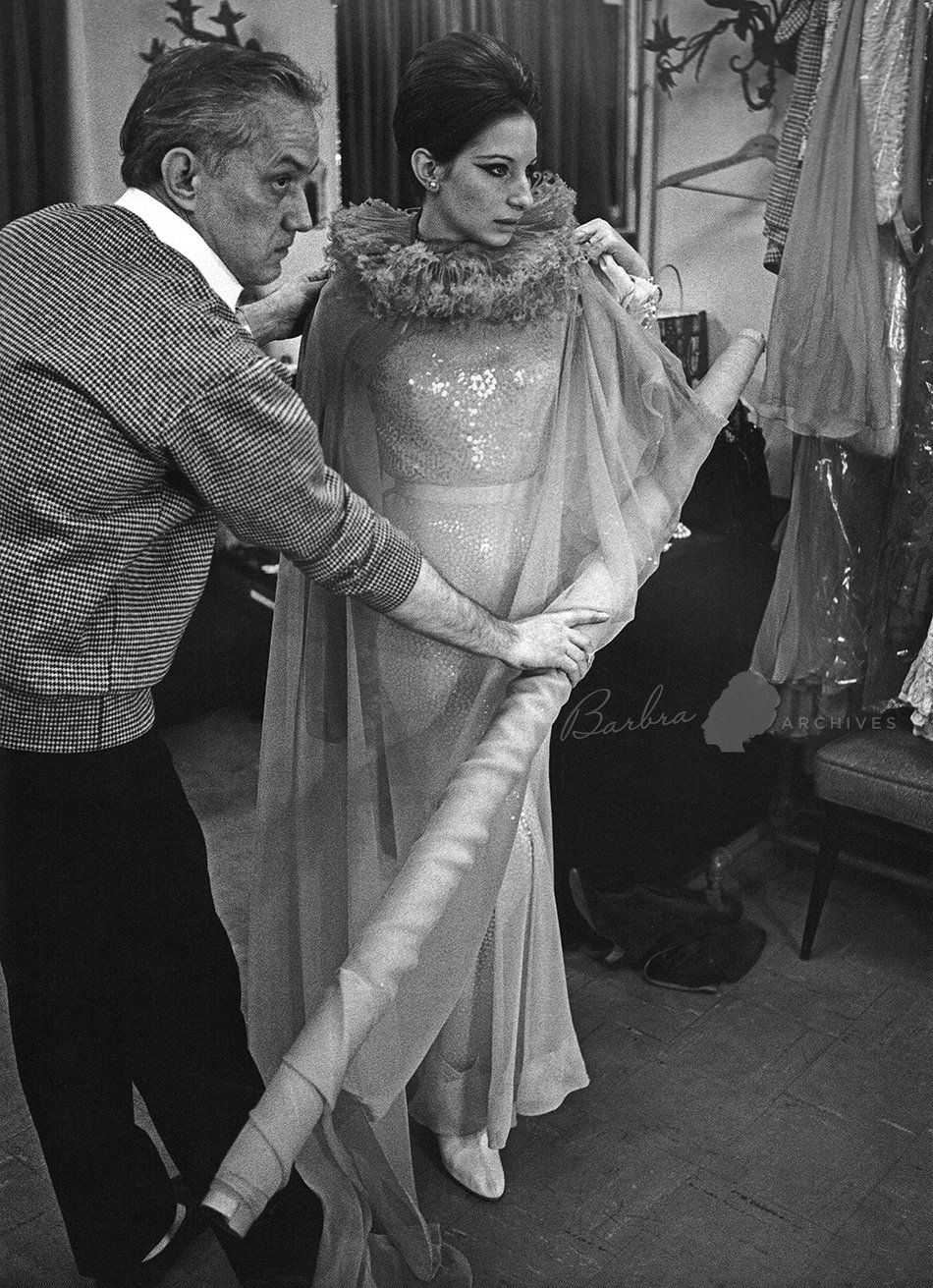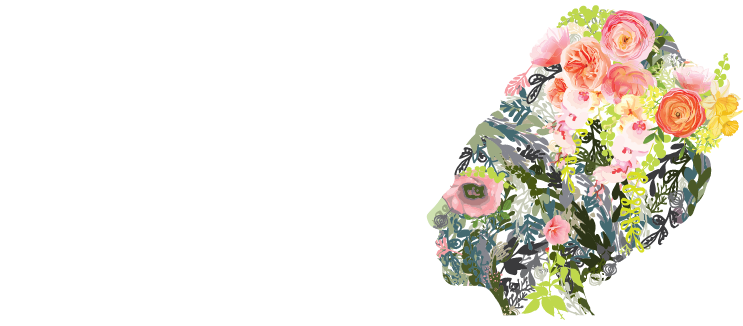For the second segment of Color Me Barbra, Streisand and crew ensconced themselves in CBS Studio 41 in New York with an array of circus animals. The production spent $350 for a tiger, $200 for an anteater, and $1200 on penguins—eight at $150 each! “Chaos threatened again,” Streisand recalled. “The lights were hell on the penguins, a lion broke out of its cage, and a baby elephant roared so loud that a nearby llama nearly suffered a heart attack.”
A New York Times reporter described the “more than 30 hours” spent getting the circus segment “in the can”—the production crew taped the circus segment on January 25, 1966:
...part two was achieved through sheer tenacity. Barbra danced out onto a three-ring circus set. A baby elephant named Champagne roared so loudly that a baby llama nearby did a somersault. Barbra sang "Funny Face" in an orange ringmaster's costume. The horse reared, the penguins got sick under the hot lights and had to be carted off to a refrigerated area behind the set. The leopard refused to pose.
Barbra had to worry not about being trampled to death but when to come in on cue. The show was behind schedule and the overtime was costing the star money. Four electricians chased a pig across the set and damaged part of the backdrop. The only light moment came when Barbra sang to an anteater named Izzy. "He must be Jewish," she said, as they touched noses.
It's also true that the penguins didn't work well under the hot television lights — several died. “I feel terrible,” Barbra said. “Can't stand the heat of the lights. They're used to cold climates. I kept saying ‘Put water on them. Put water on them.’ They survived the taping, but died after, I understand.”
For one song, Barbra visited a tiger. “I had to go in a tiger's cage alone. Imagine that! But, the trainer was near by,” she said.

